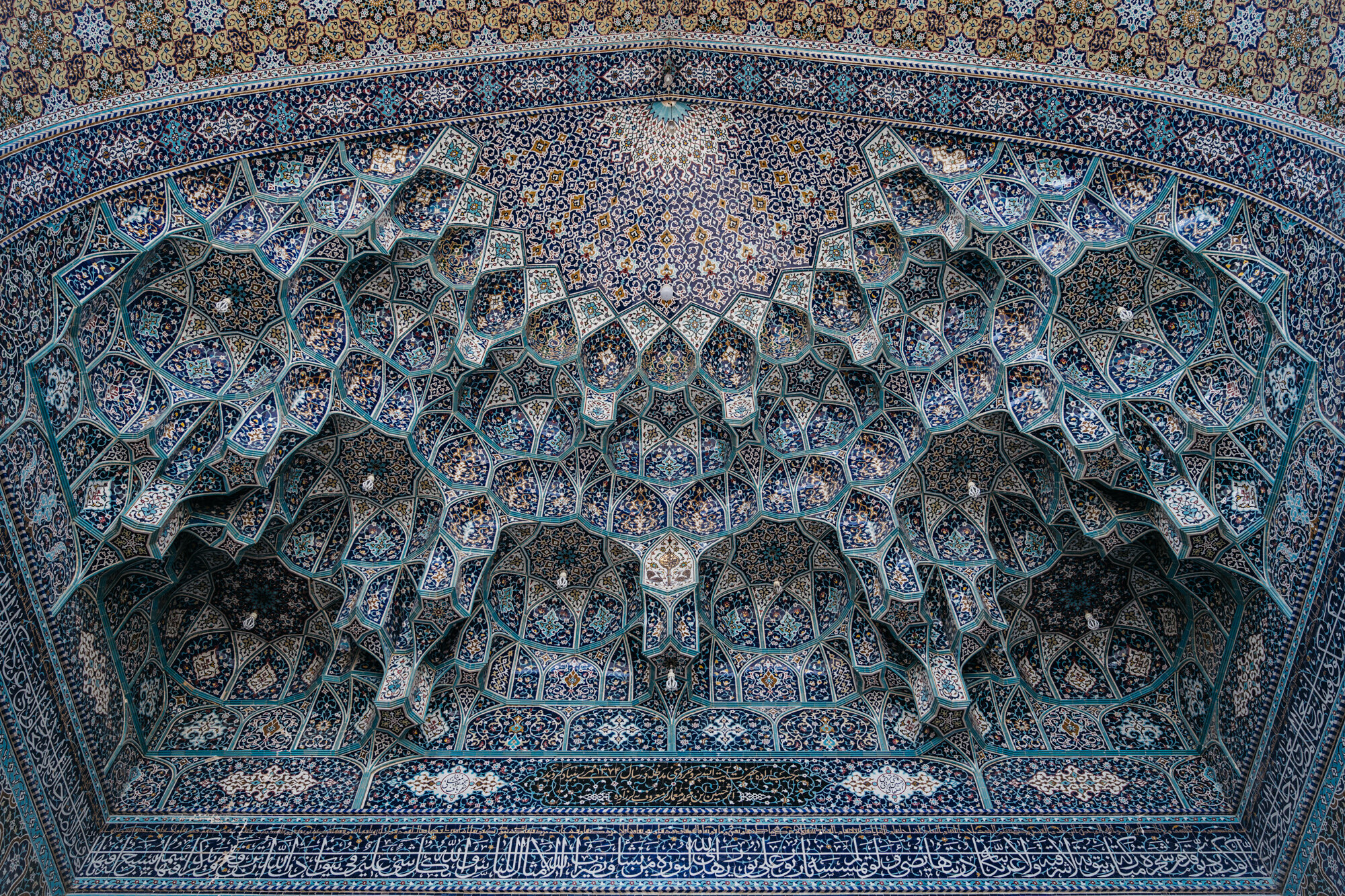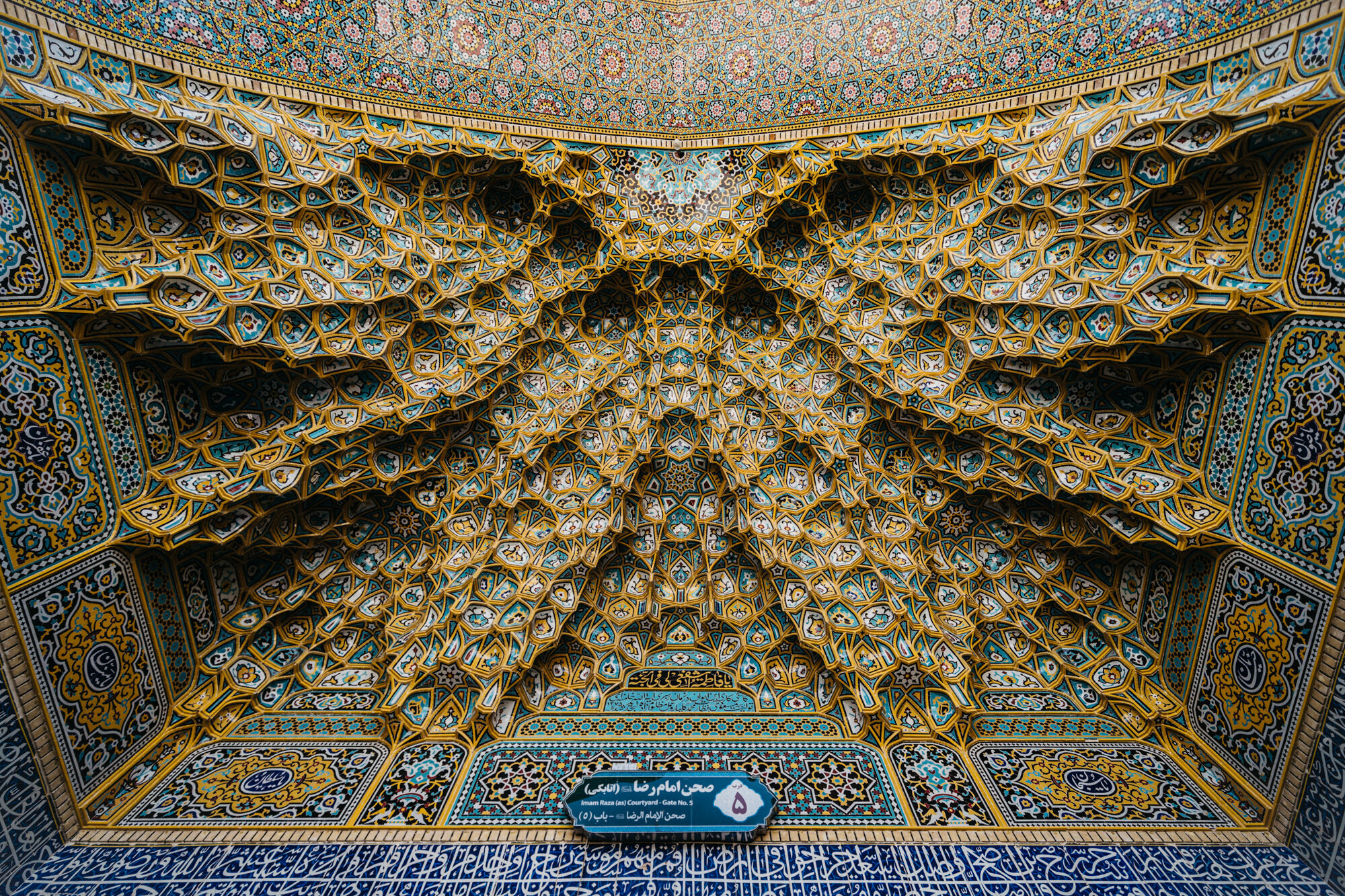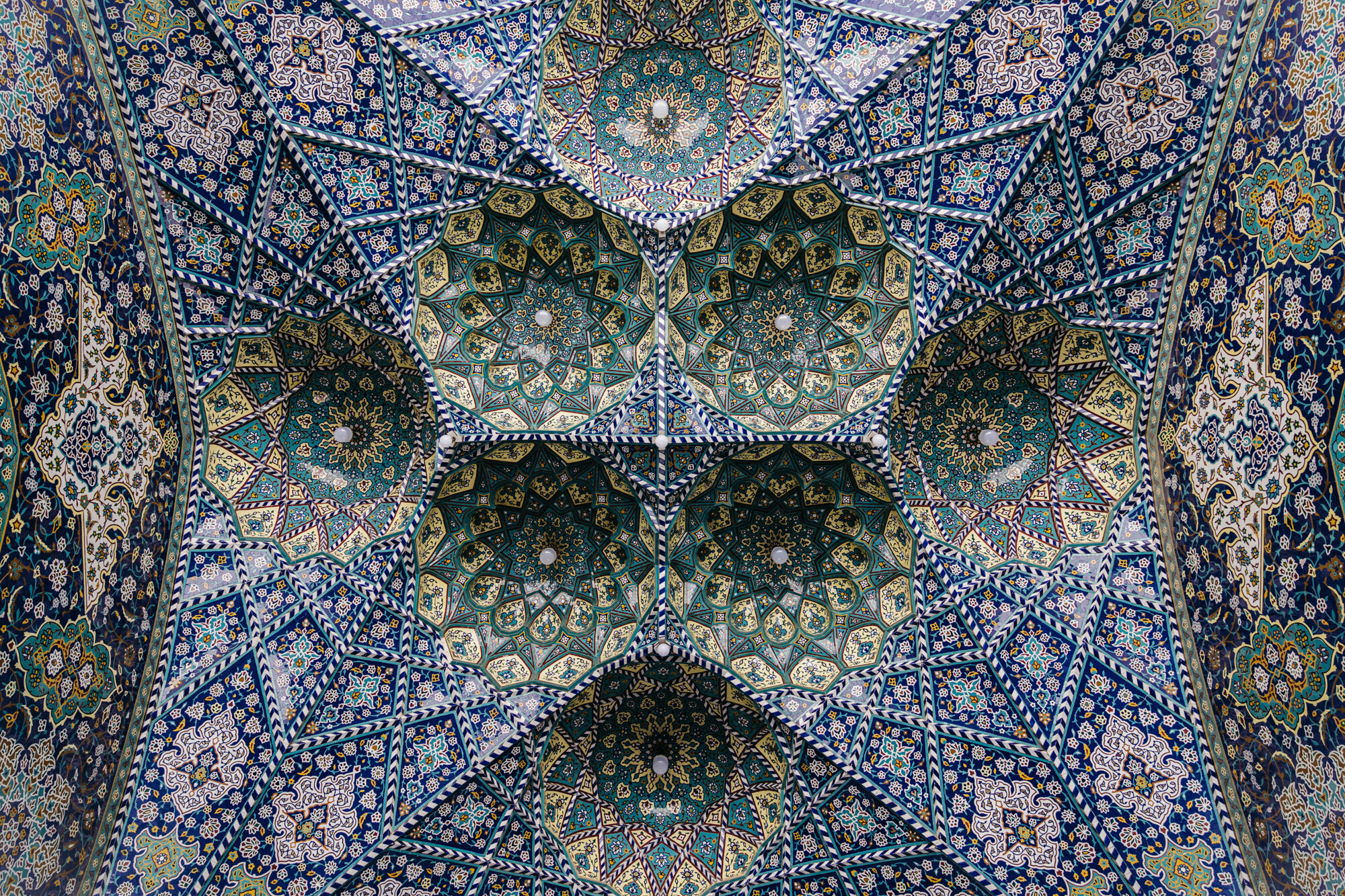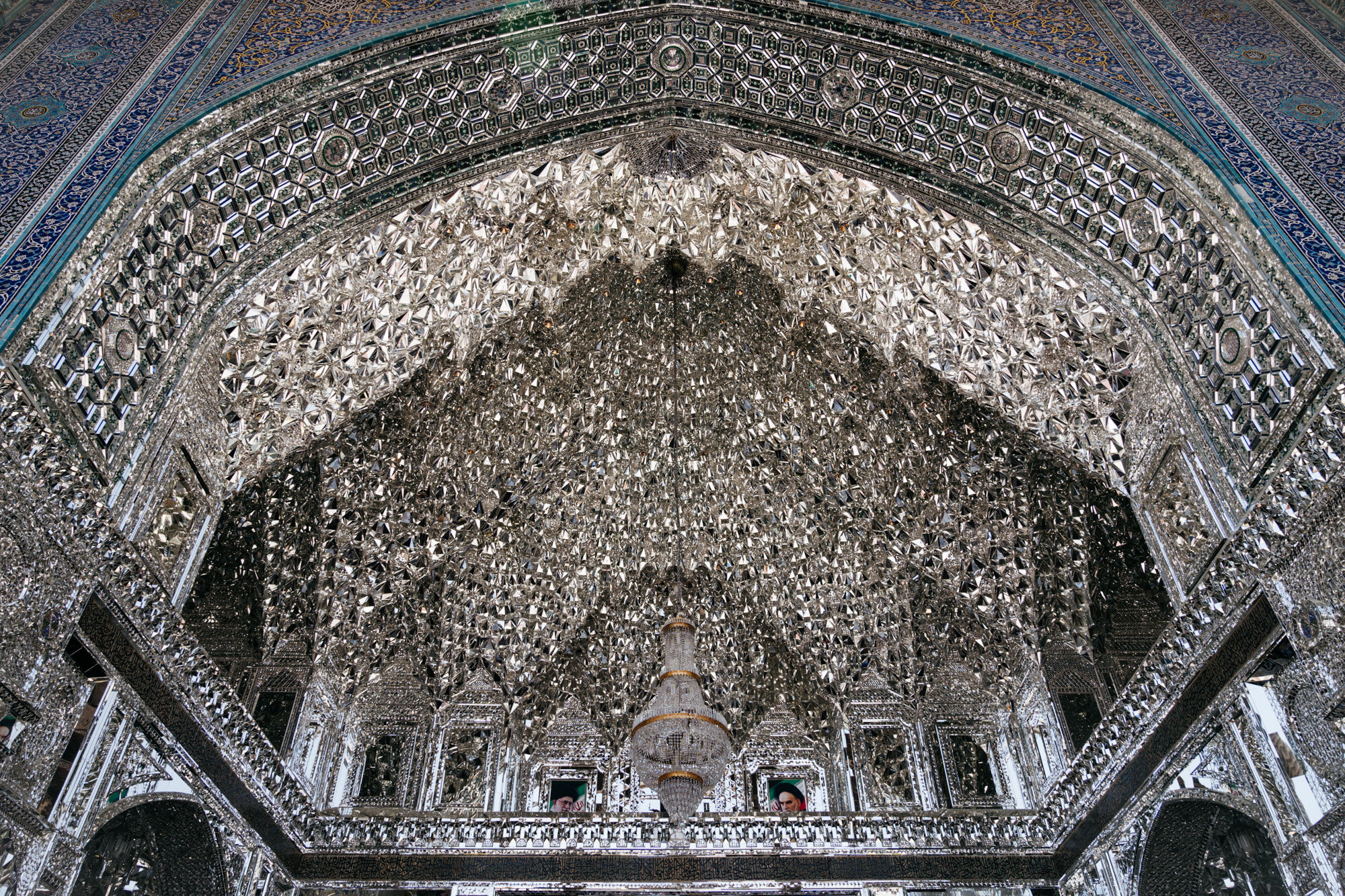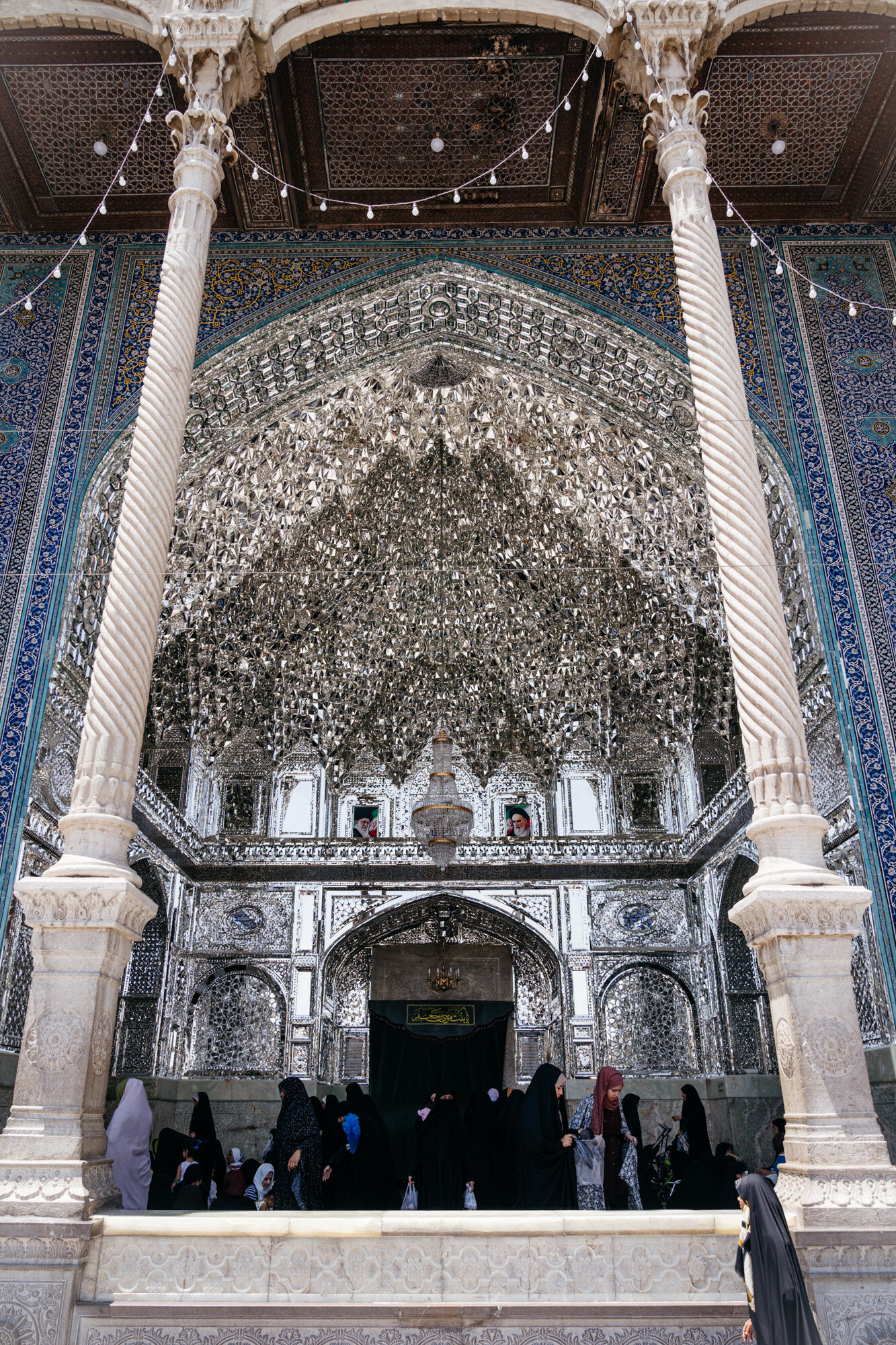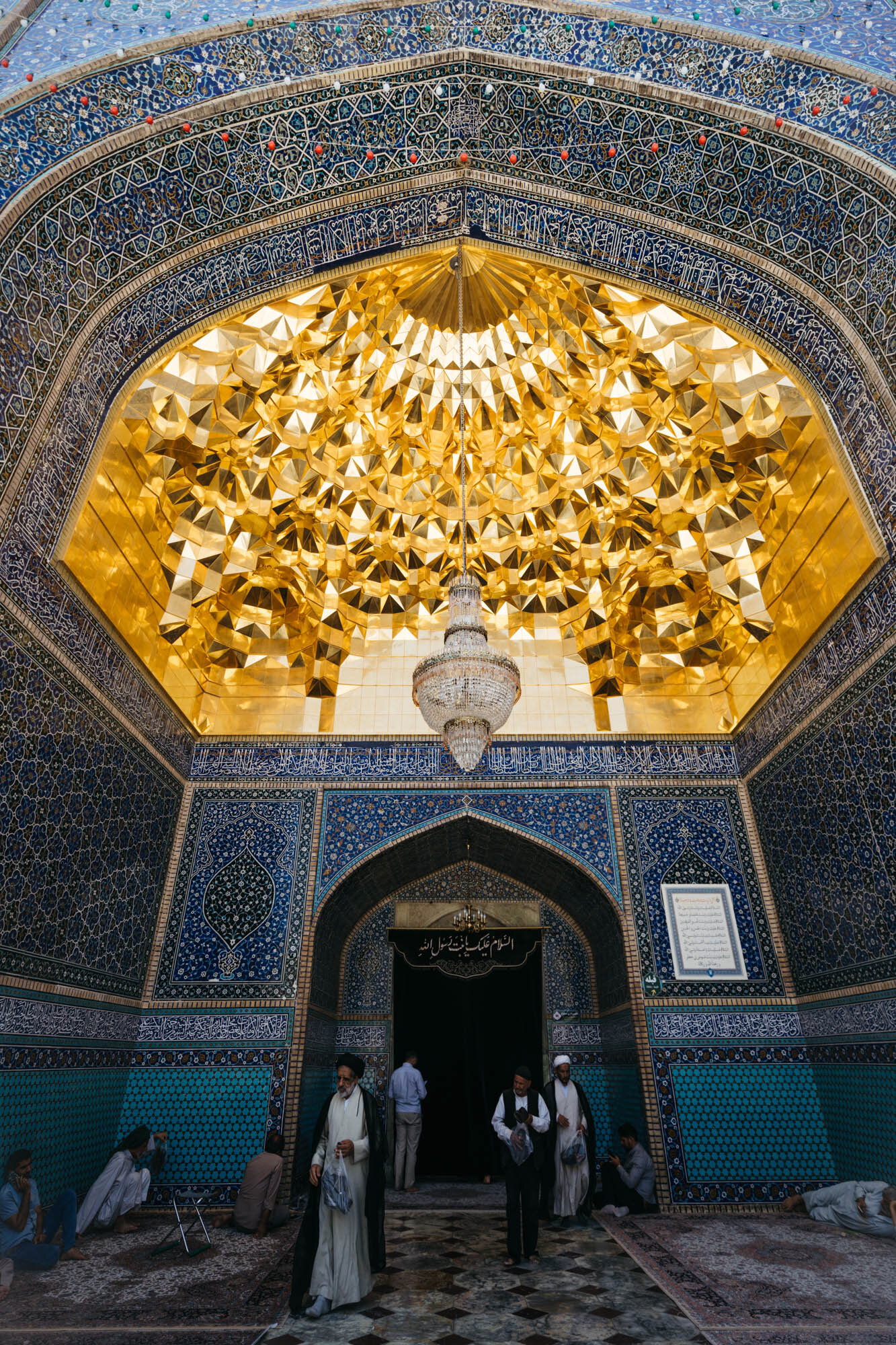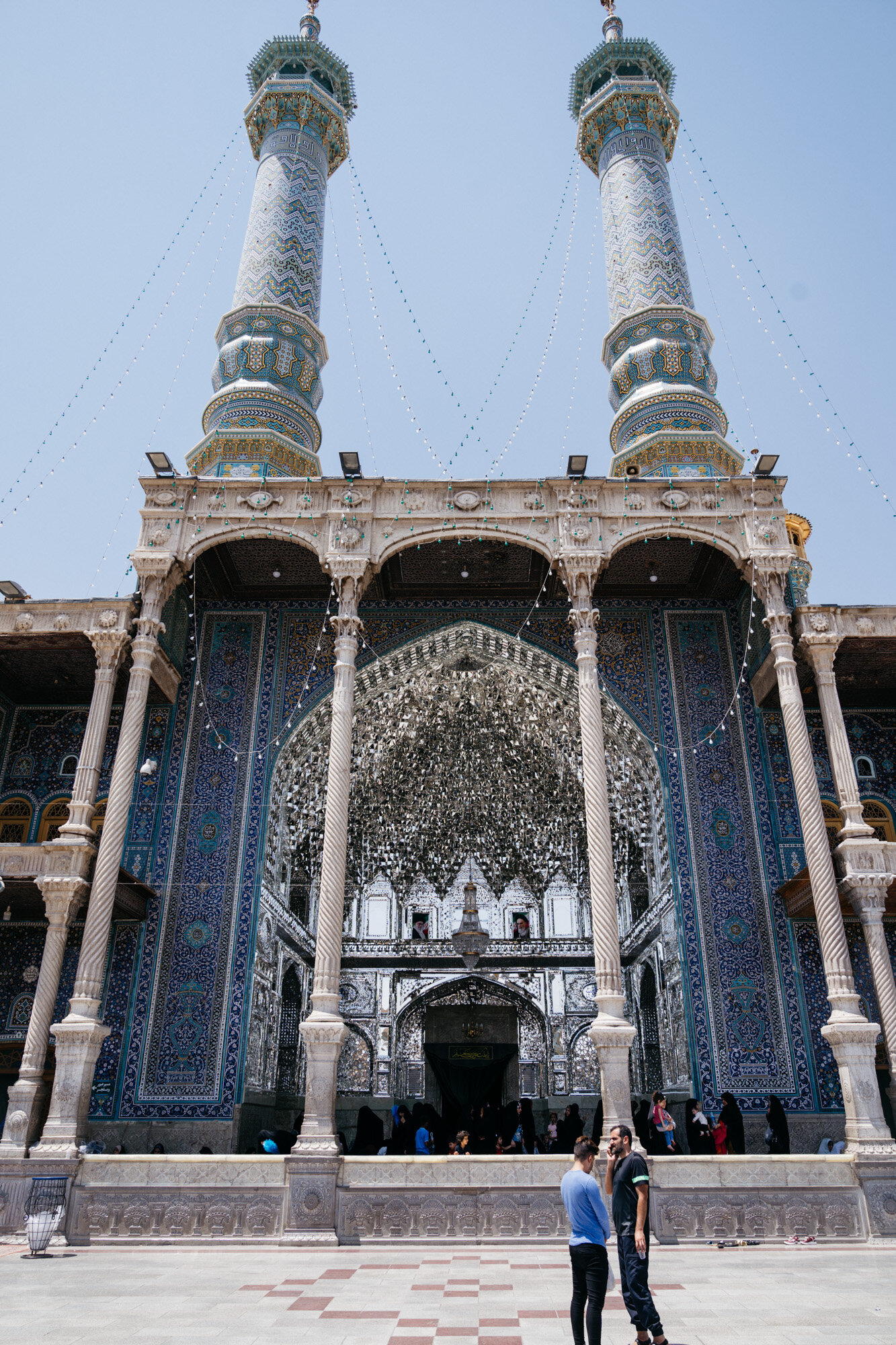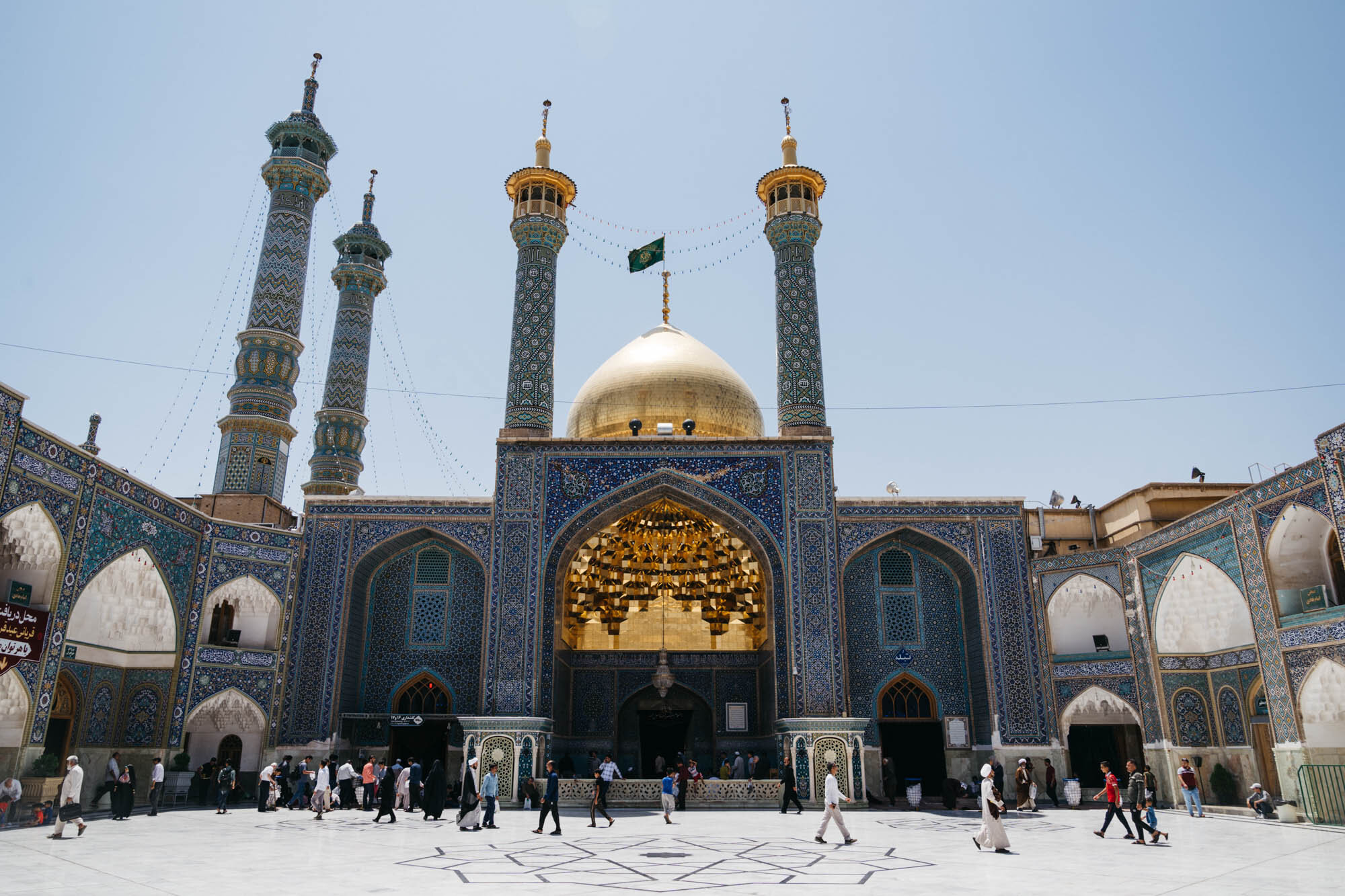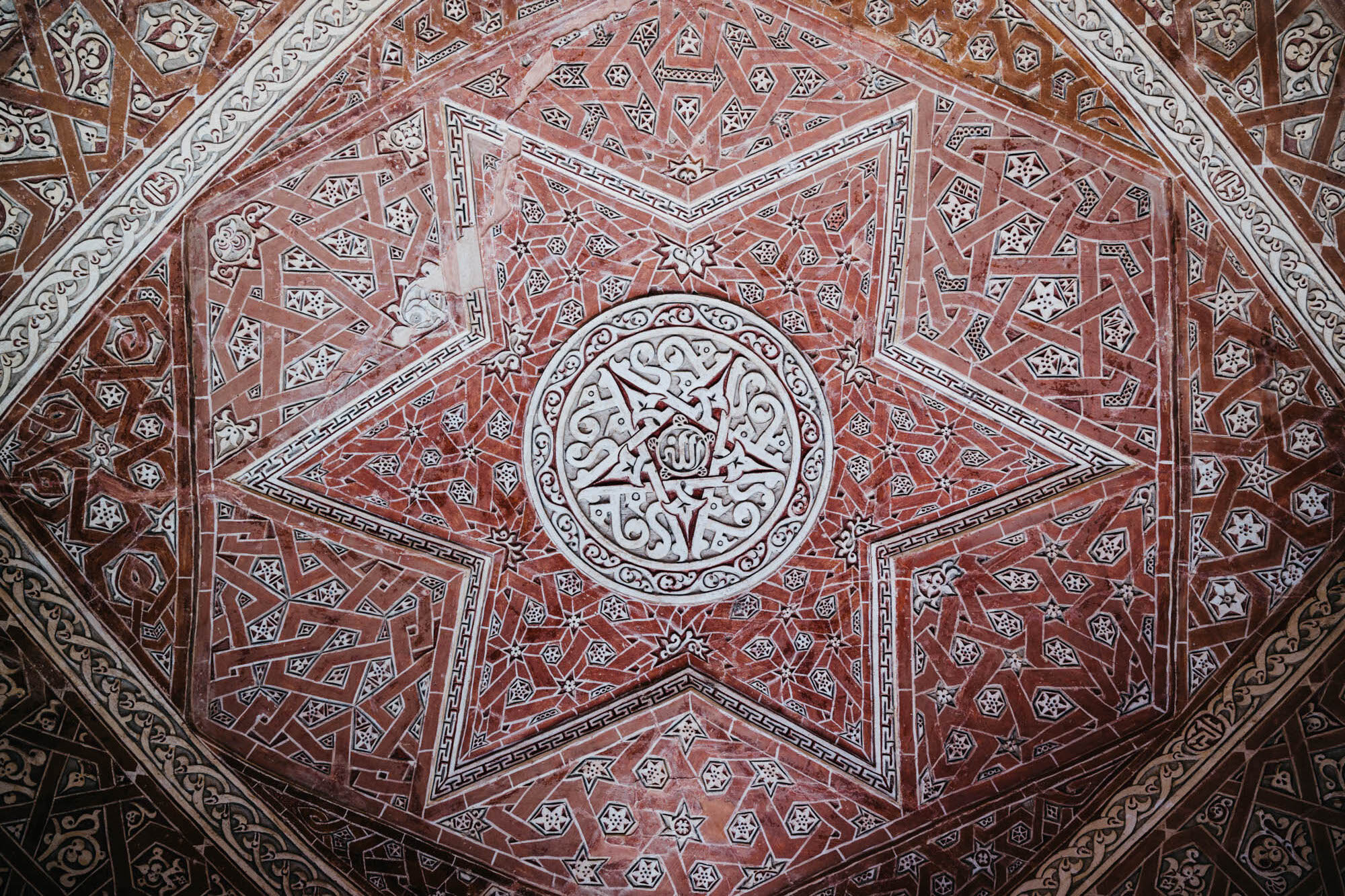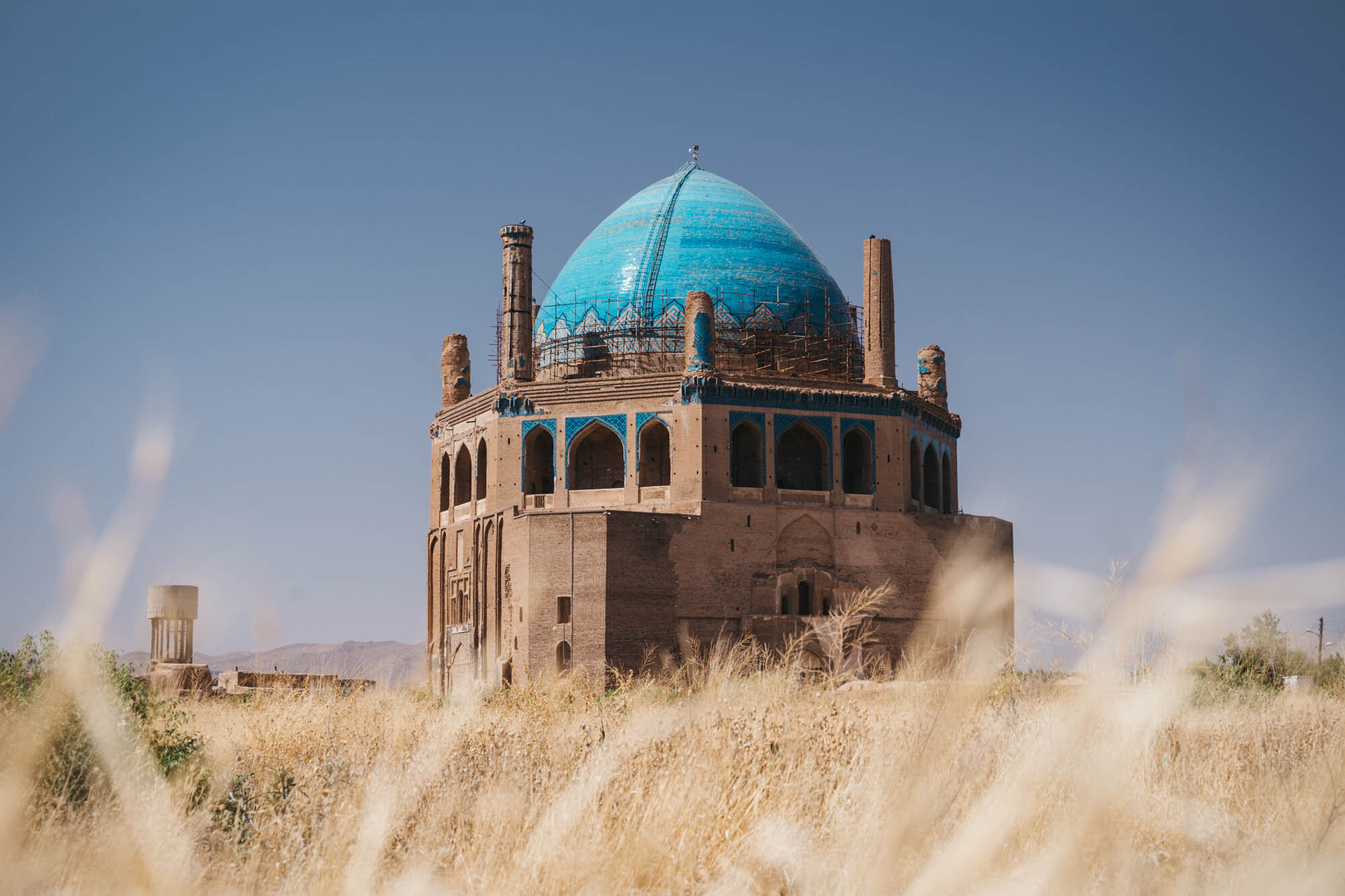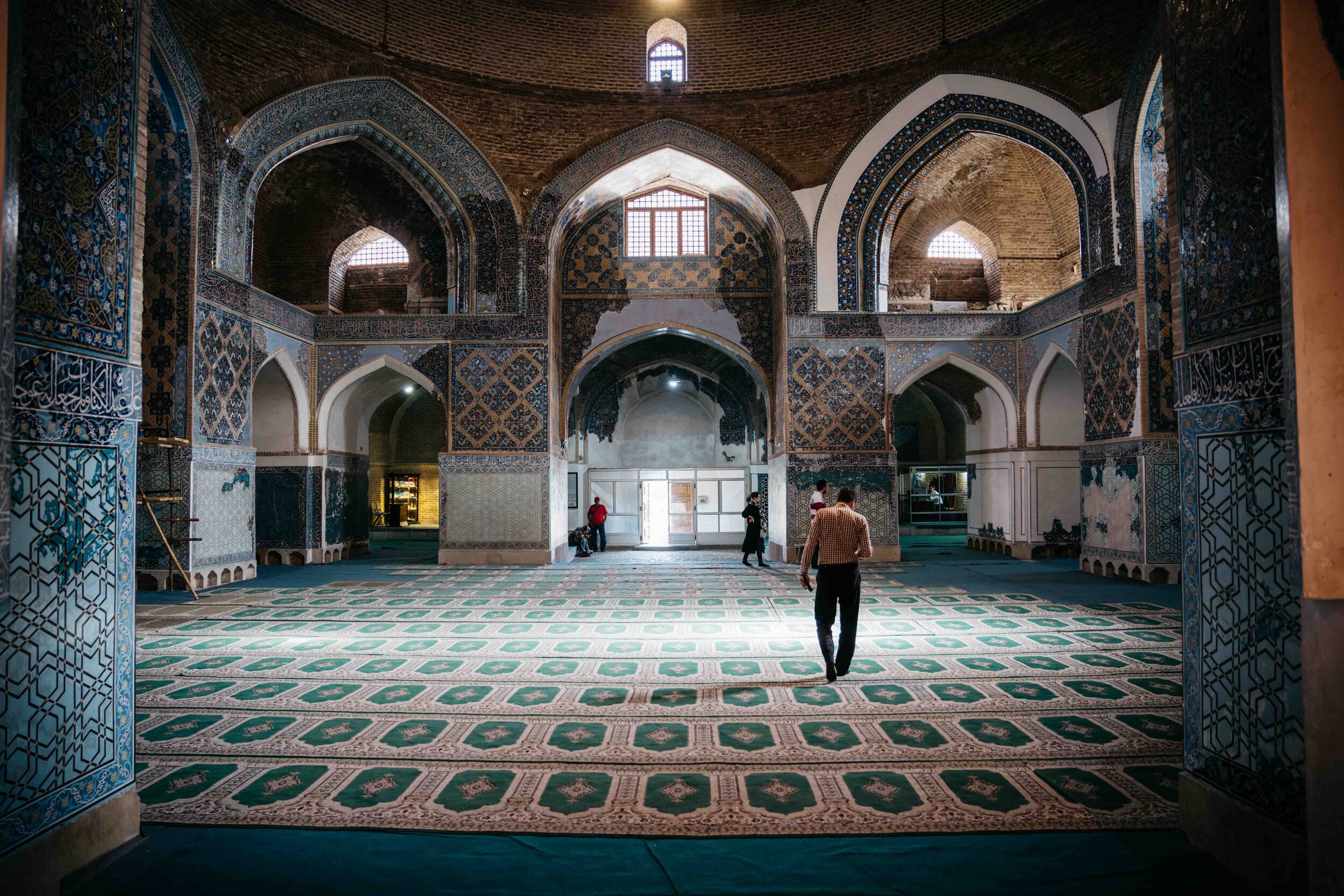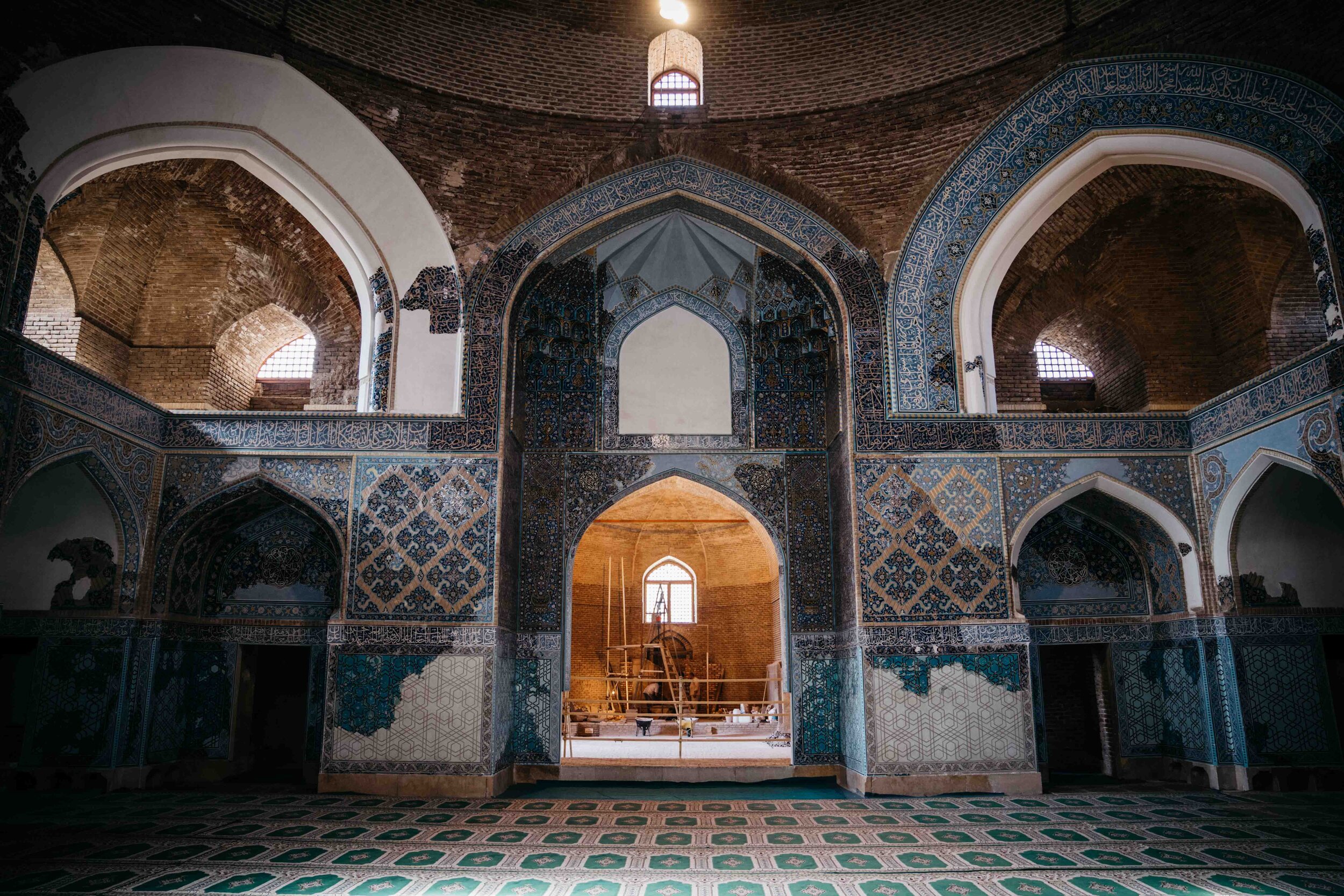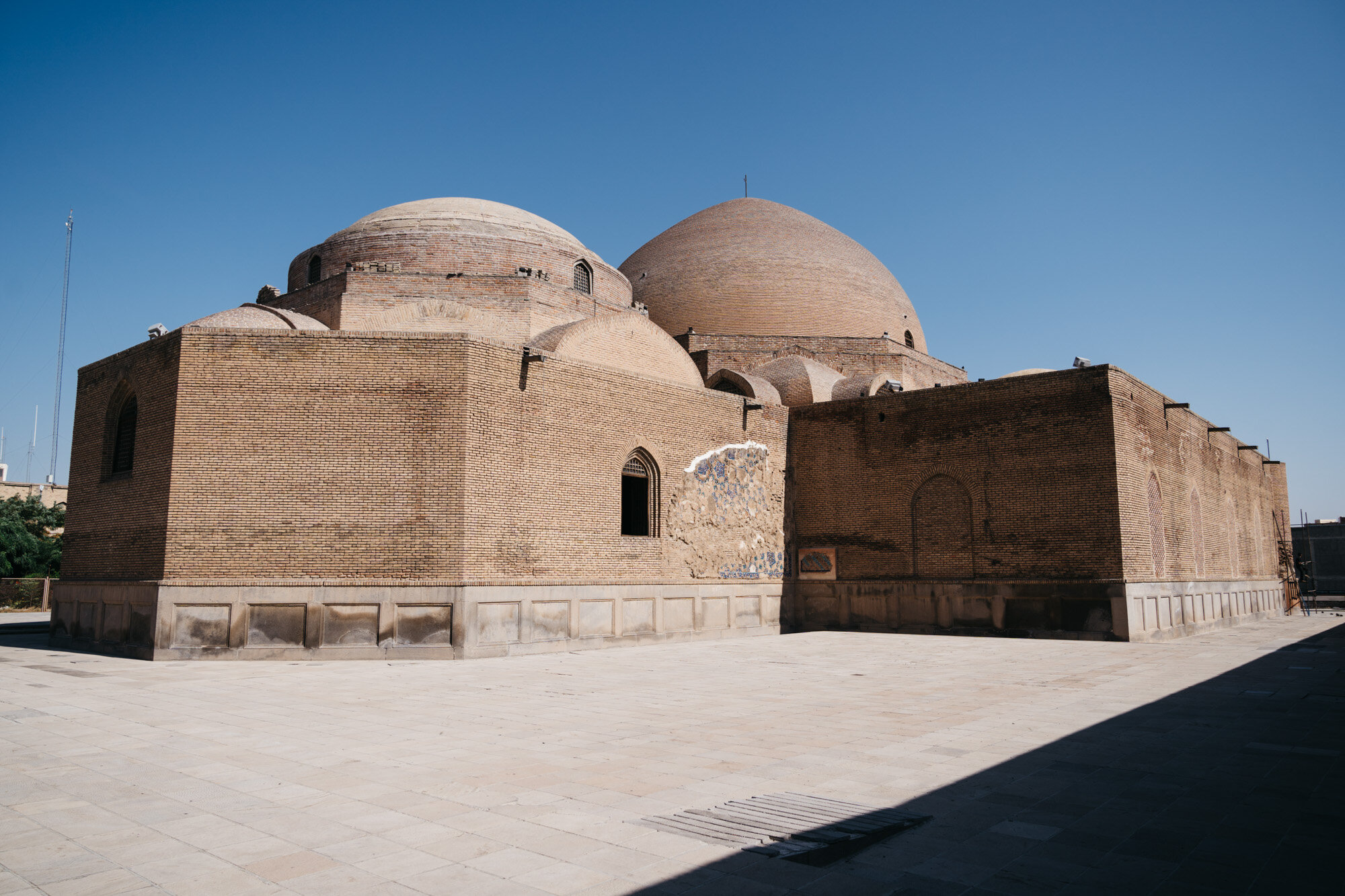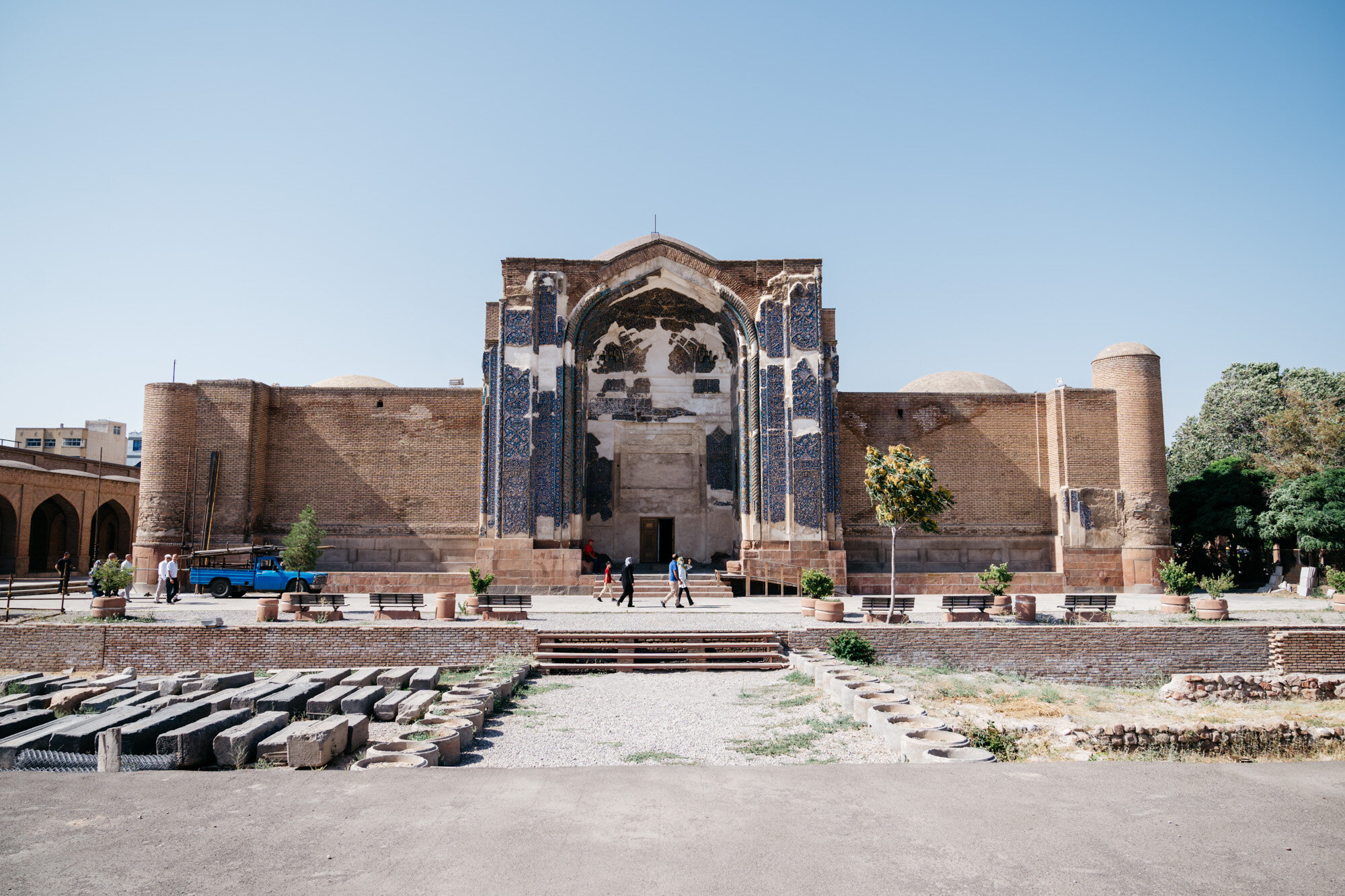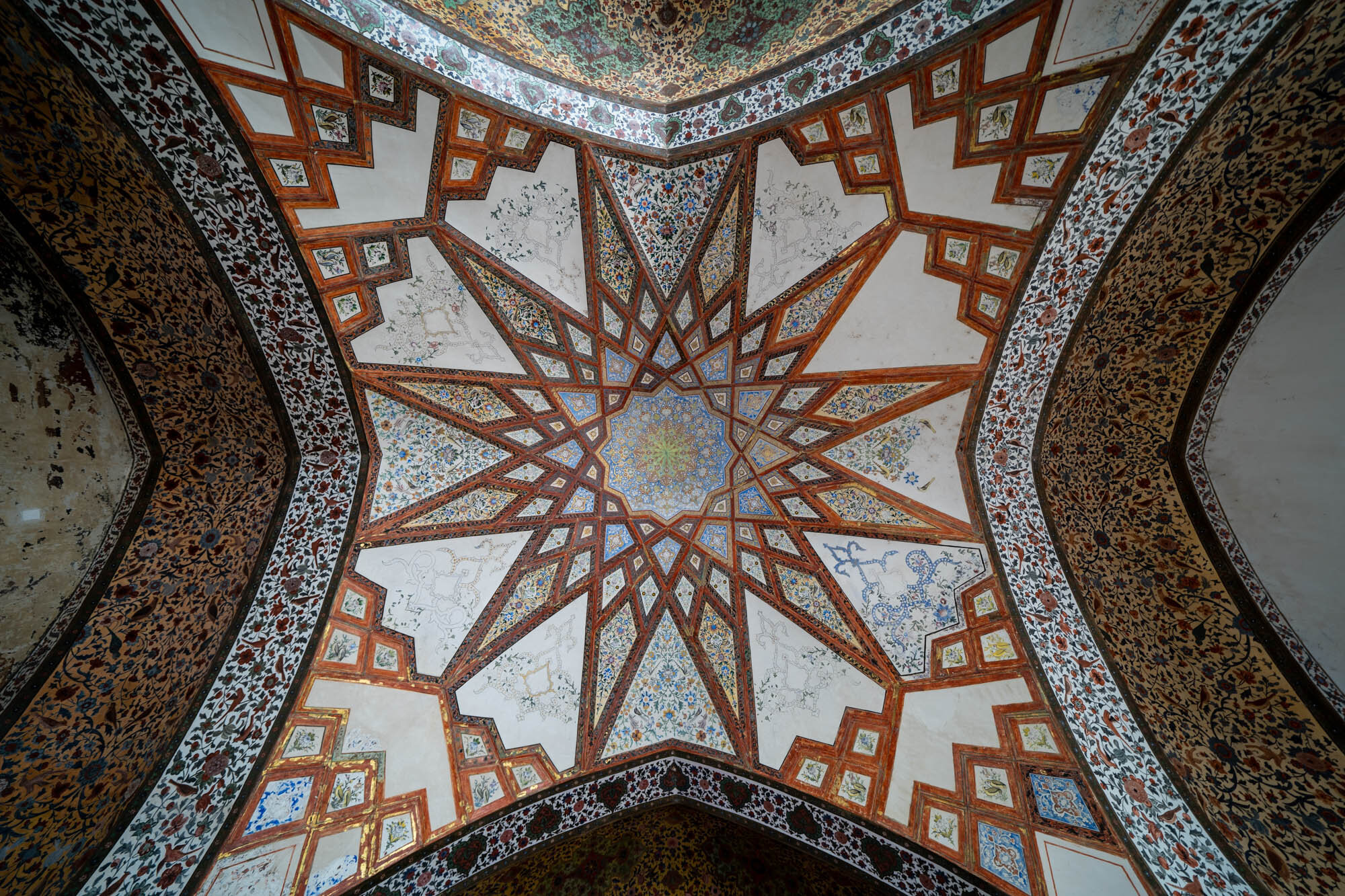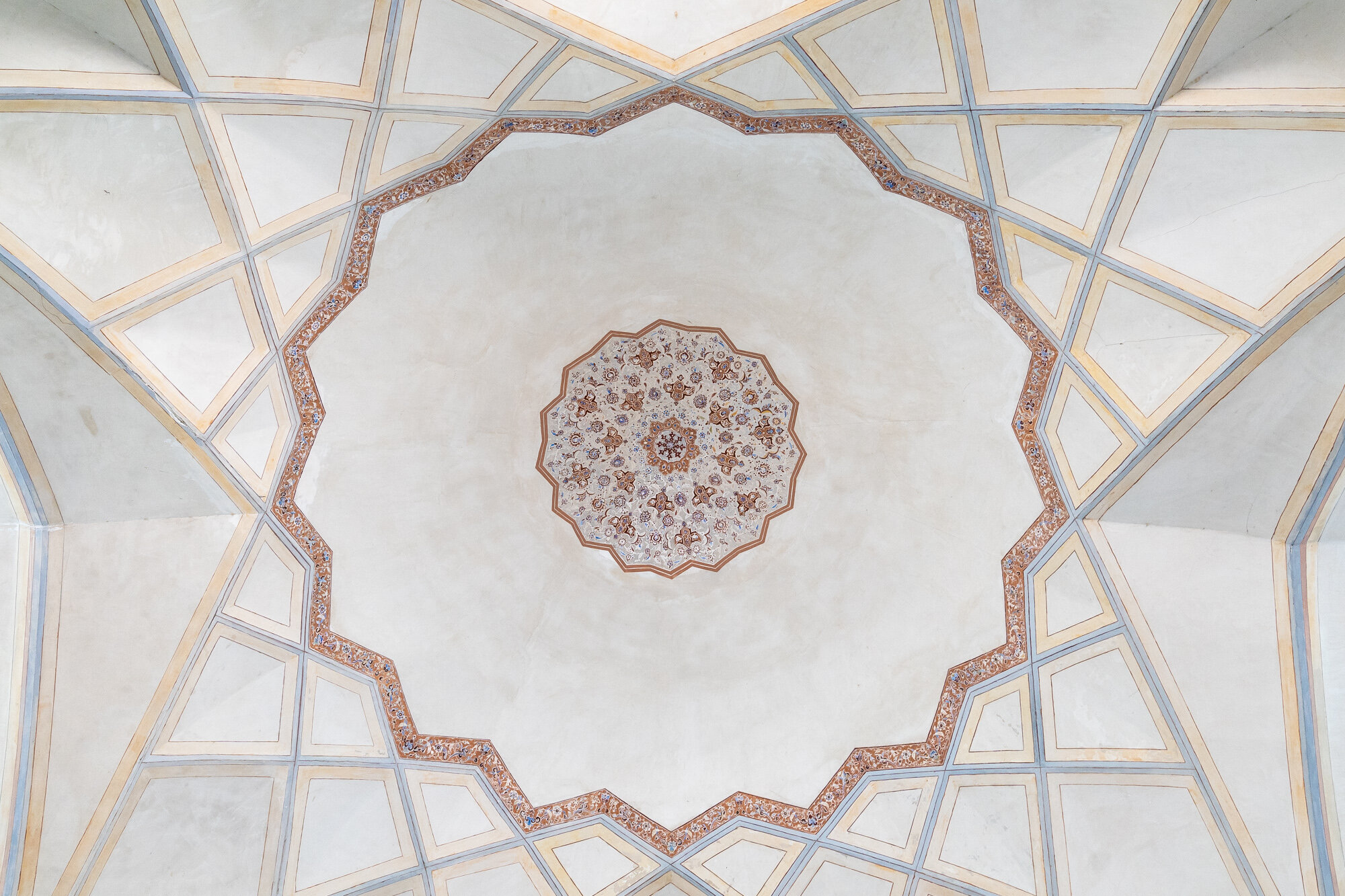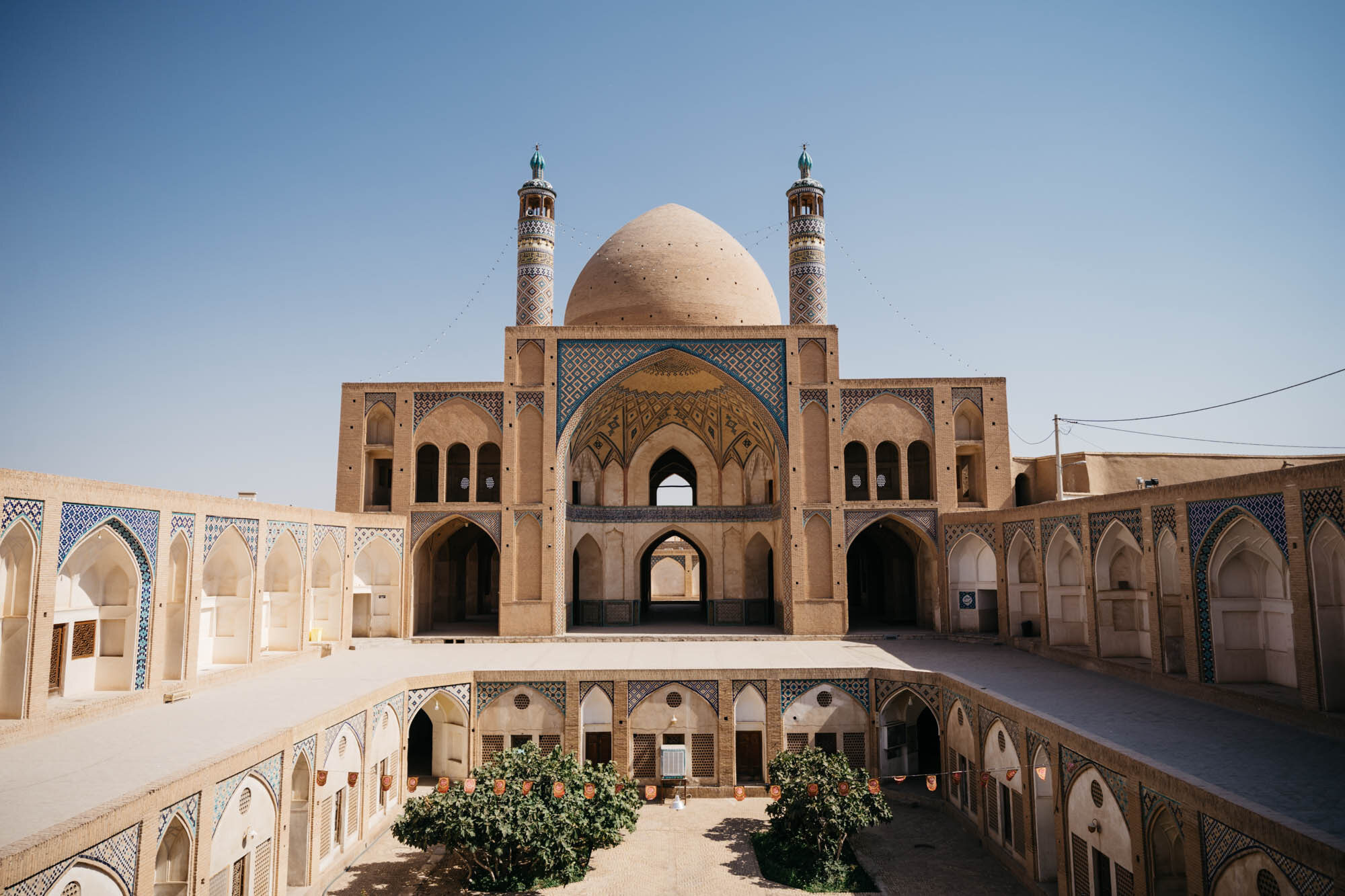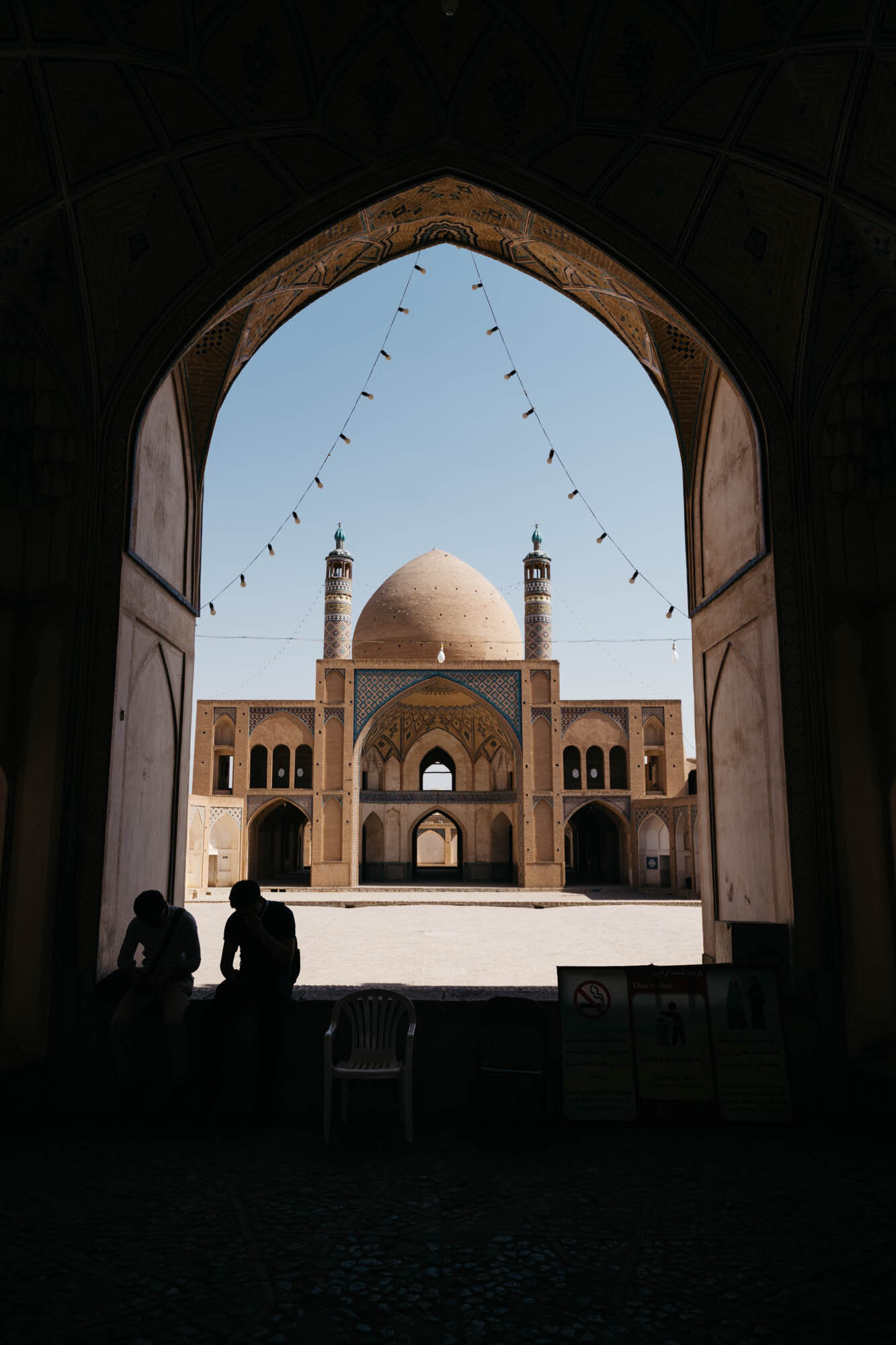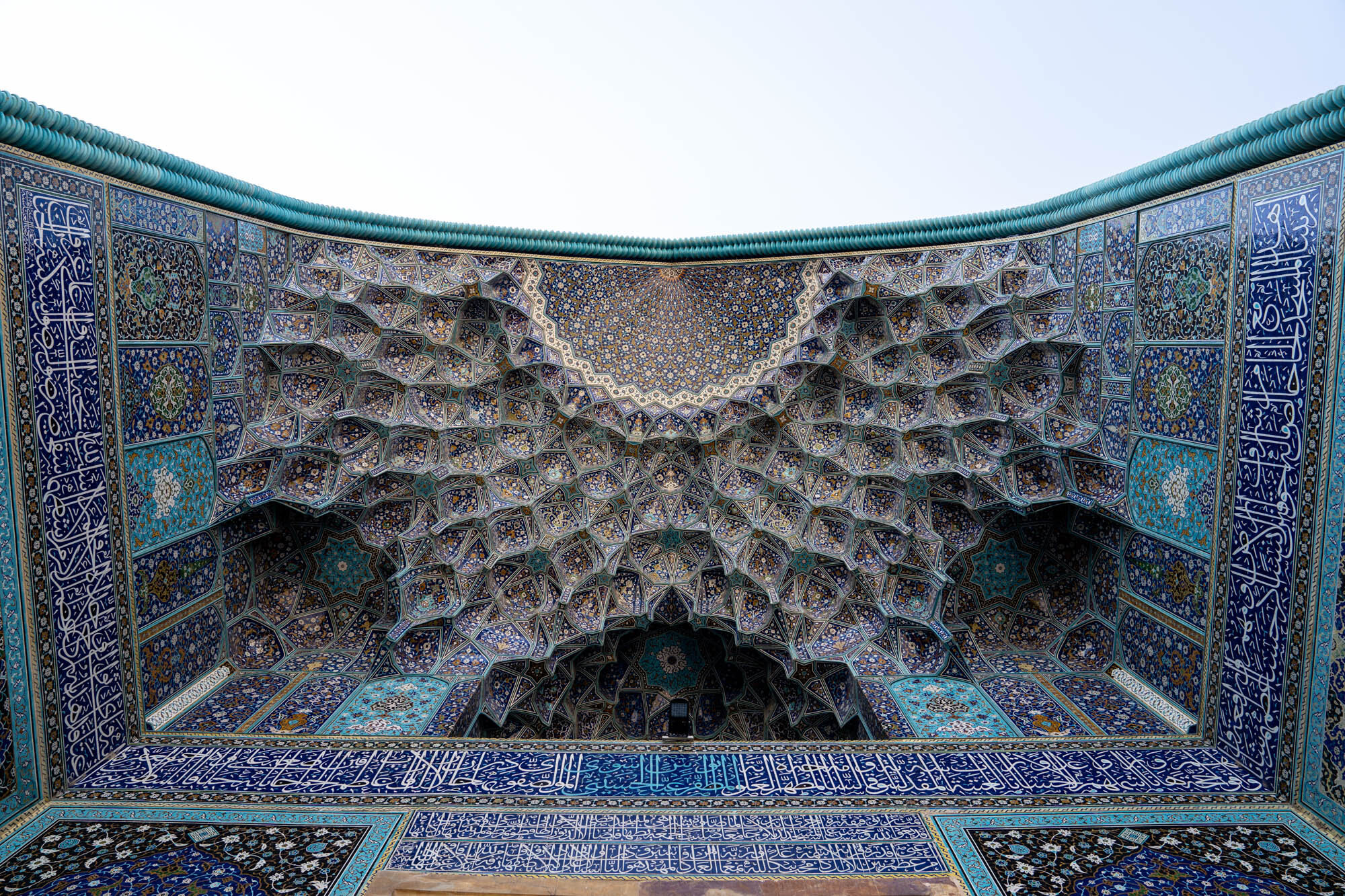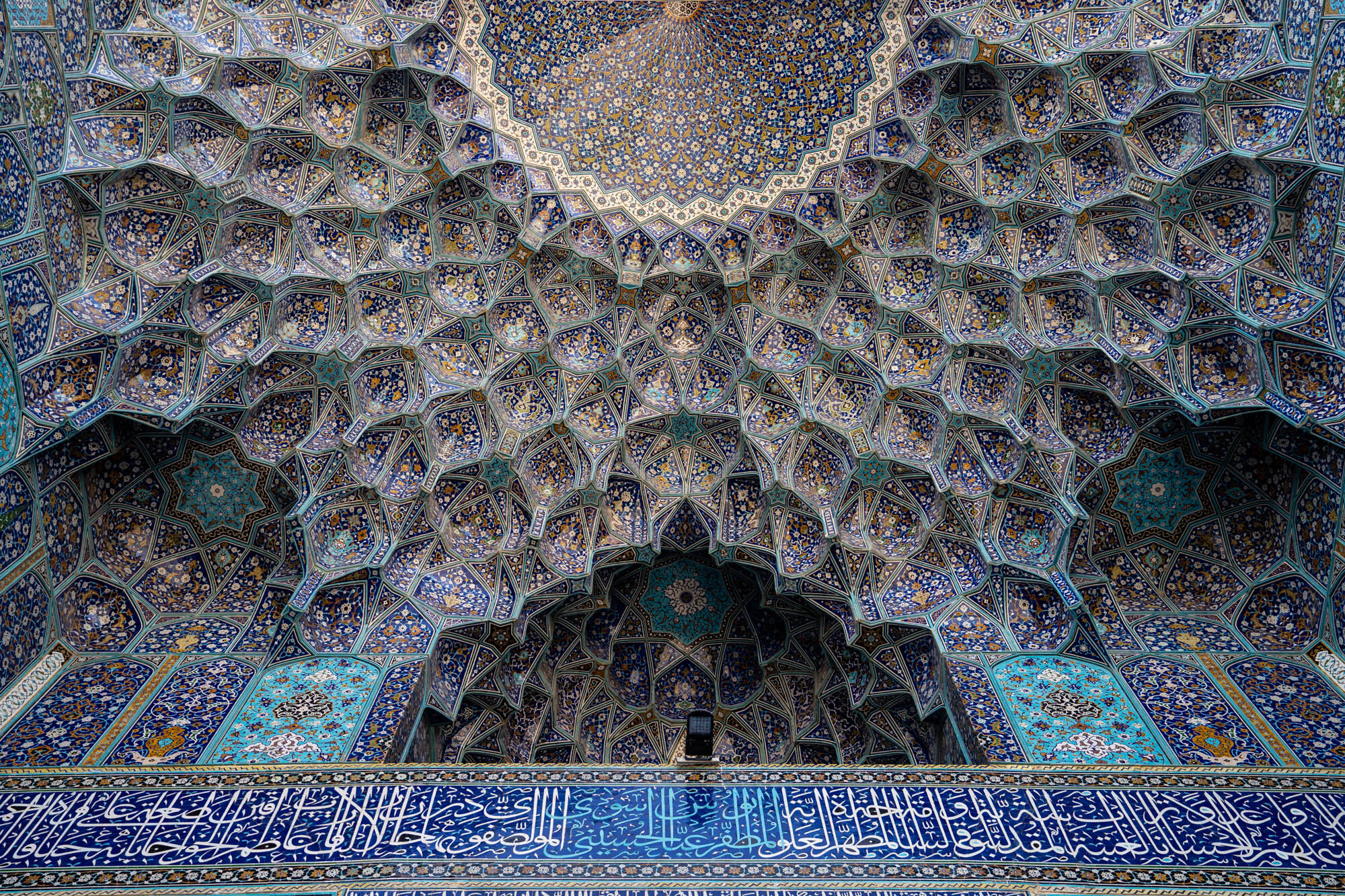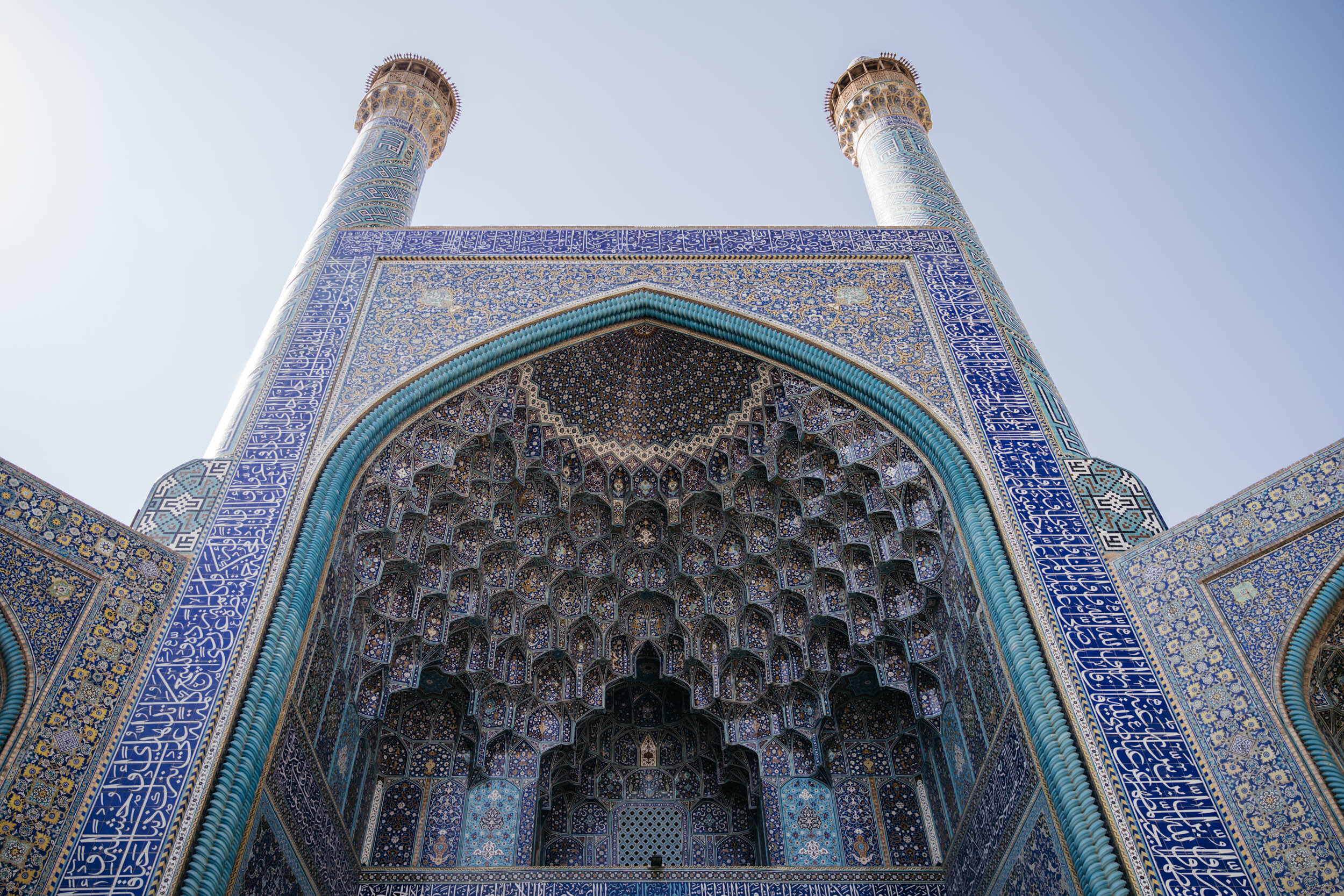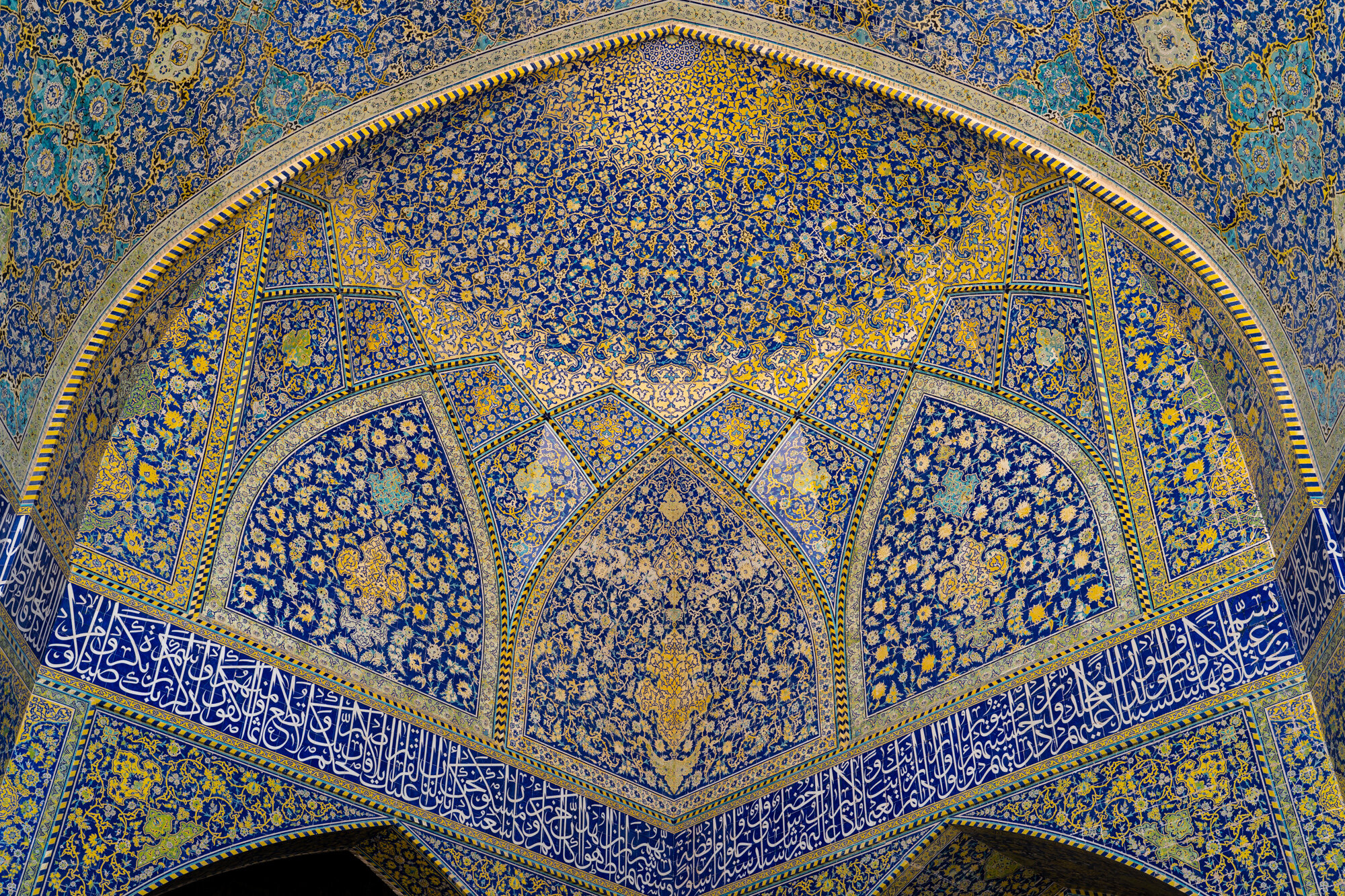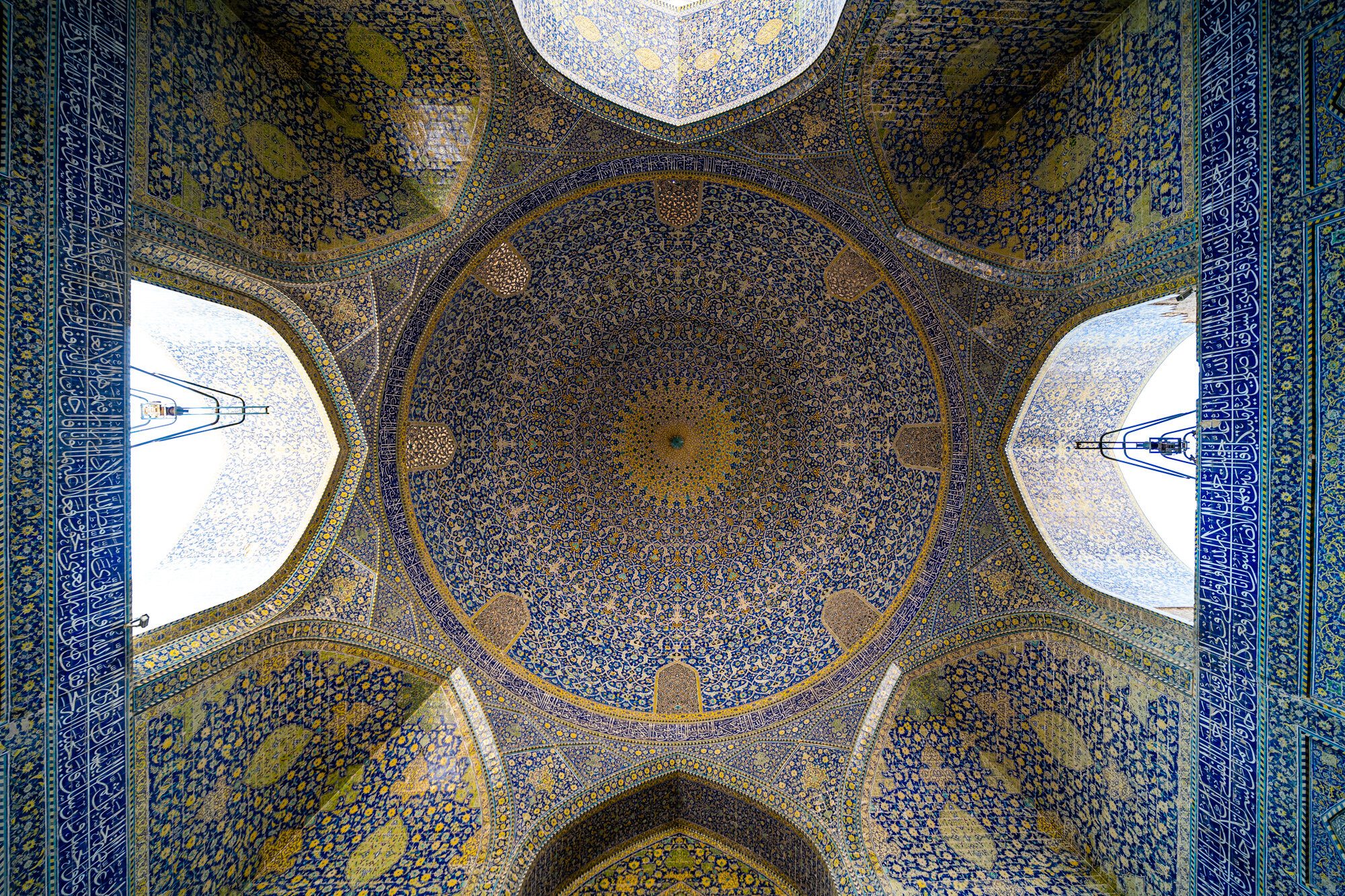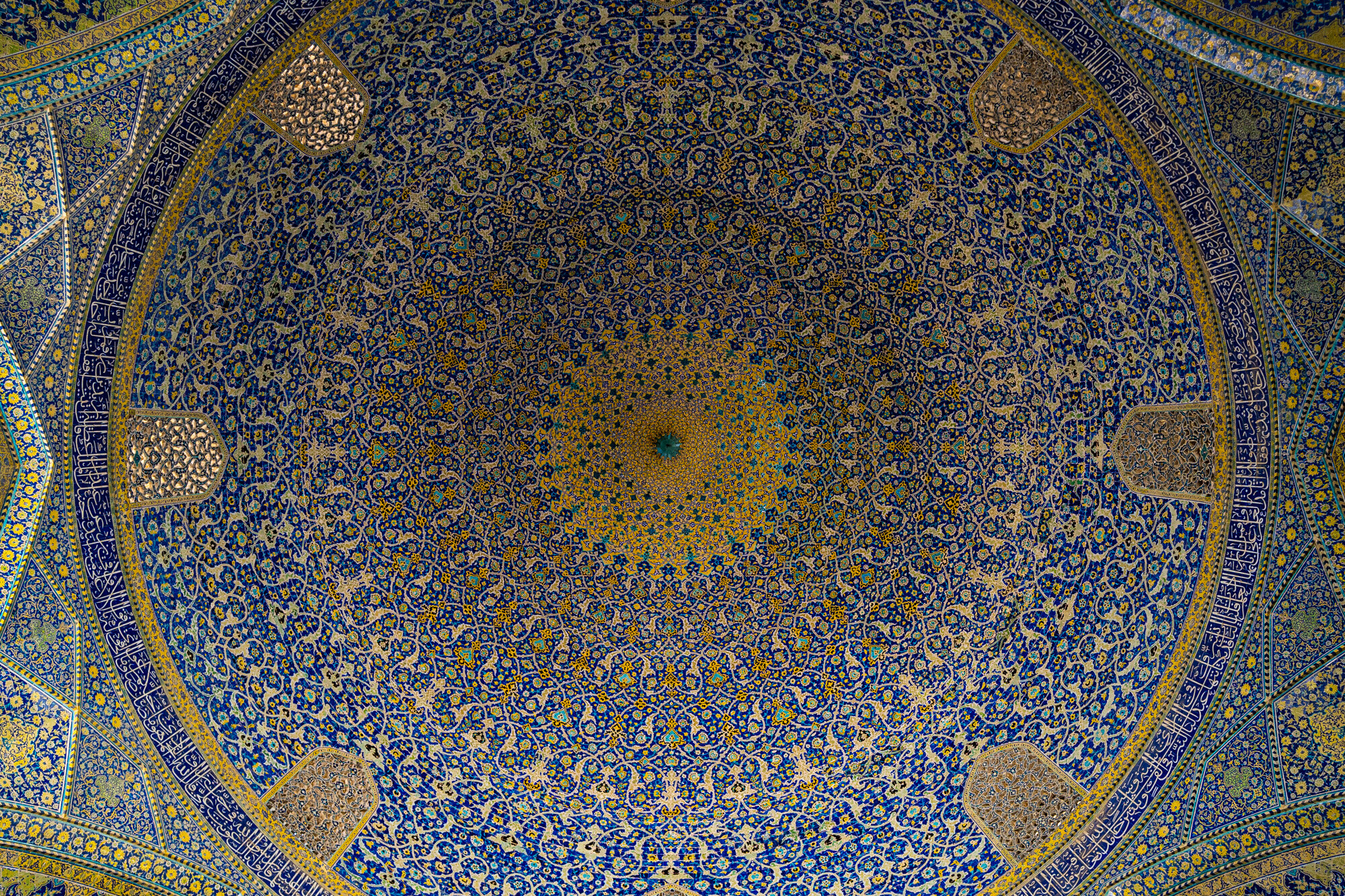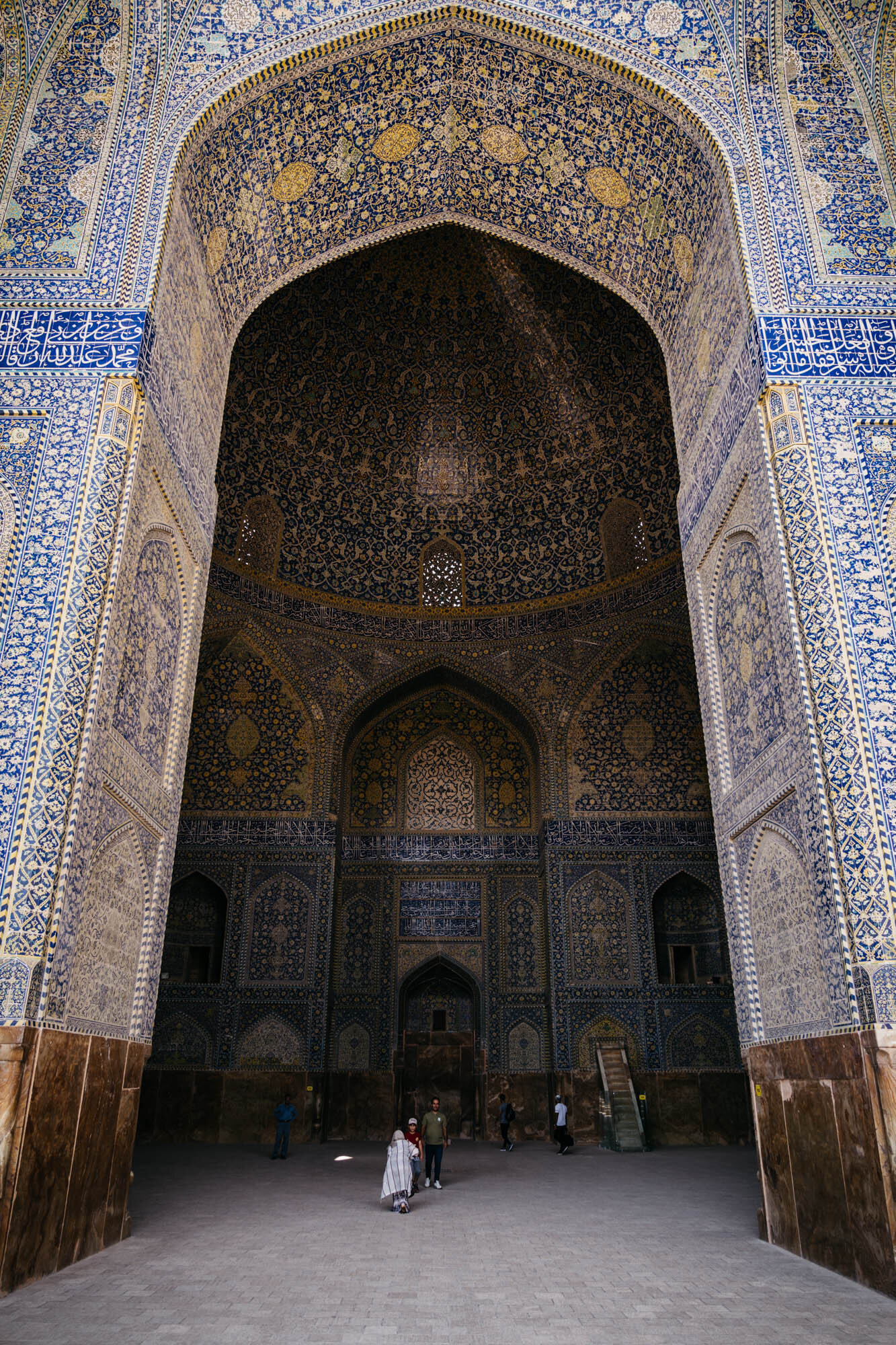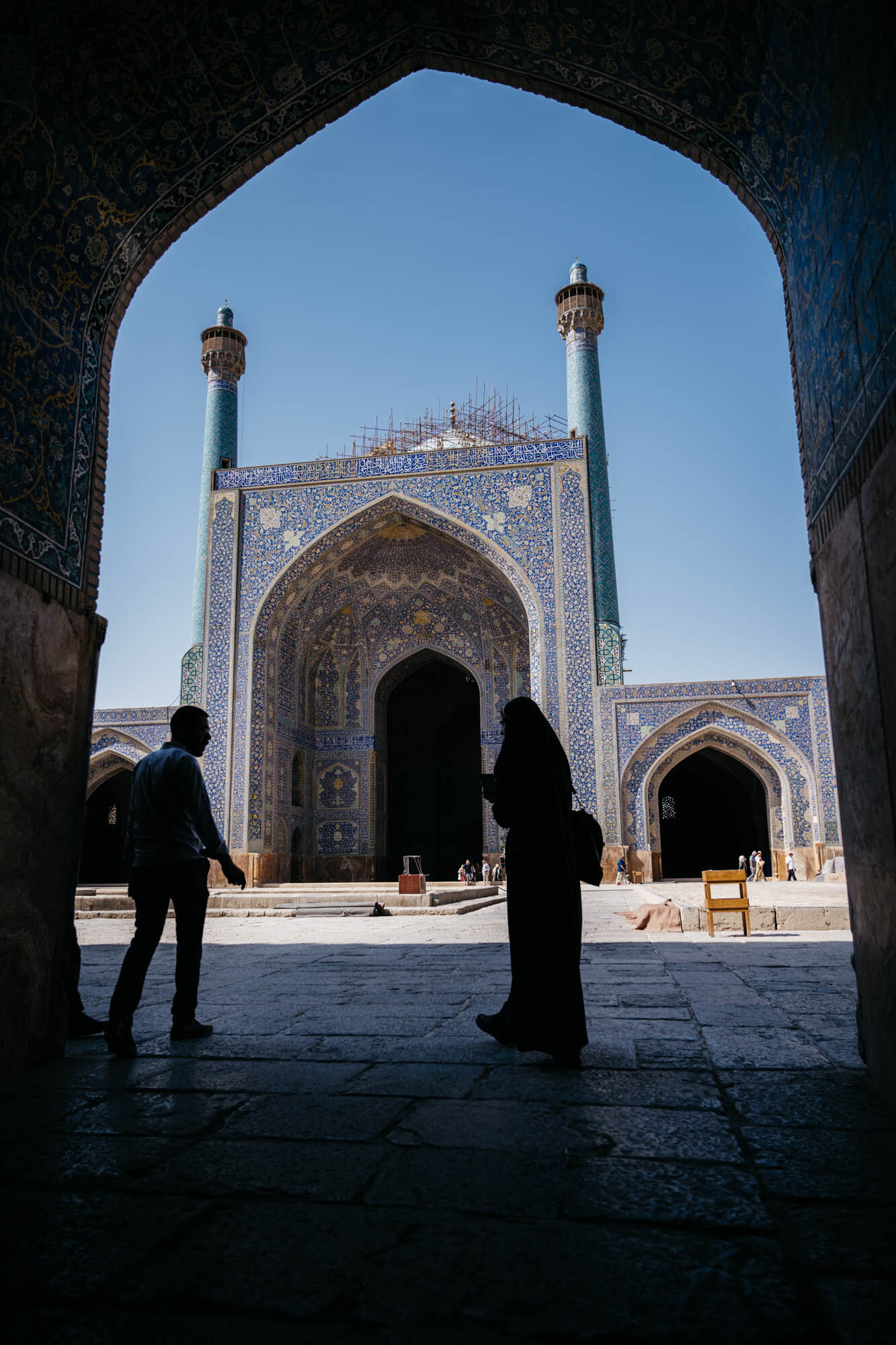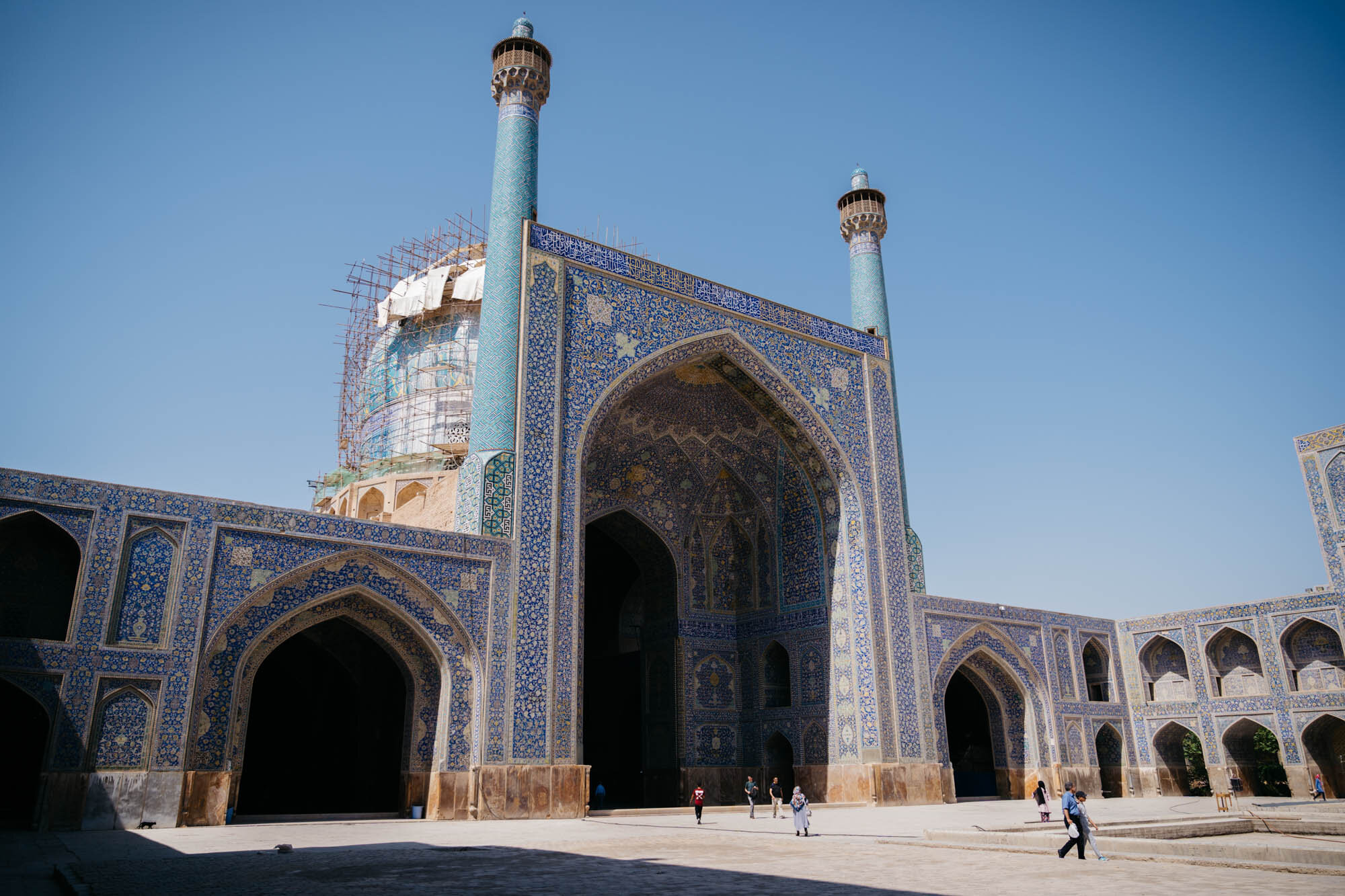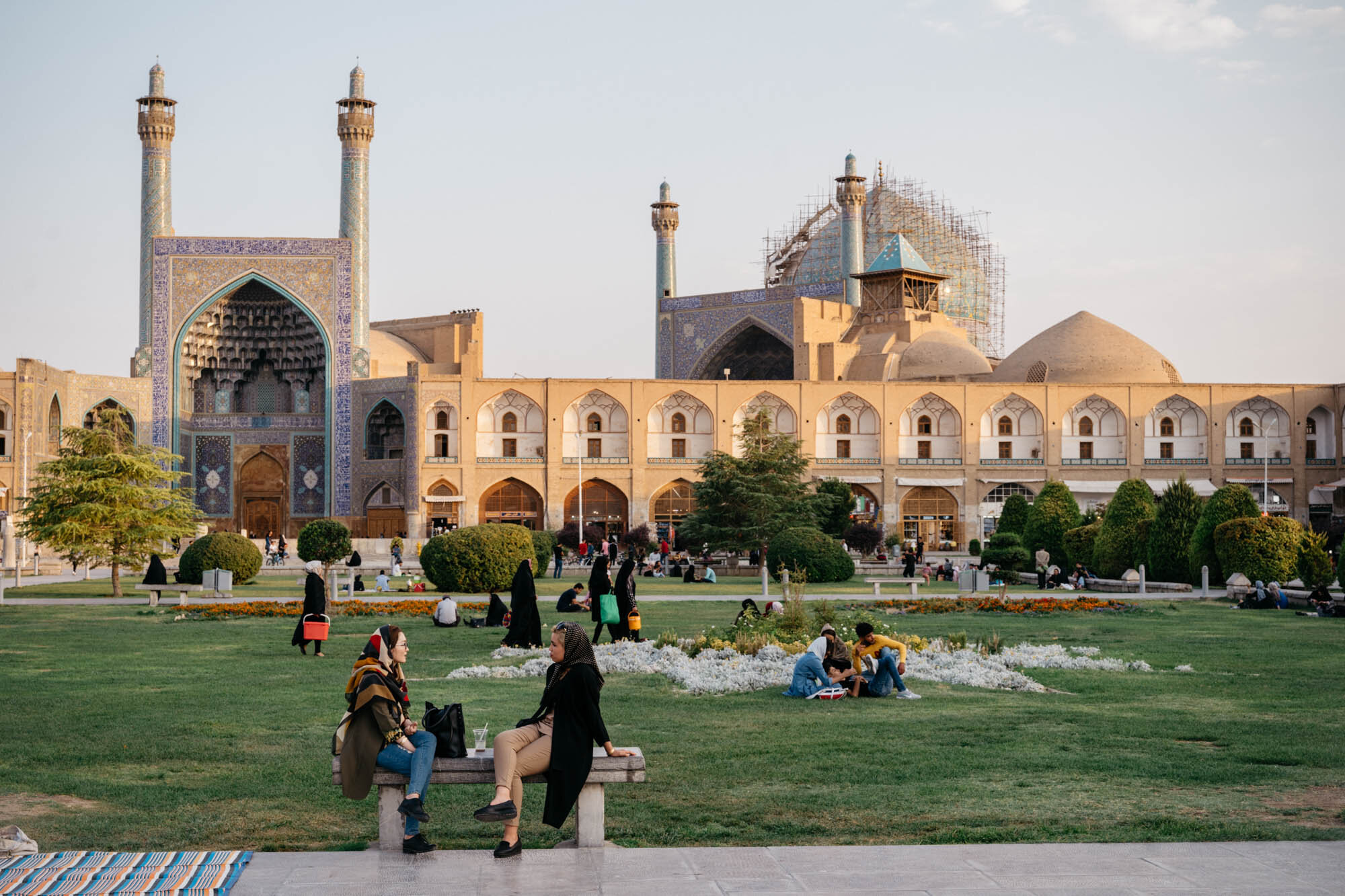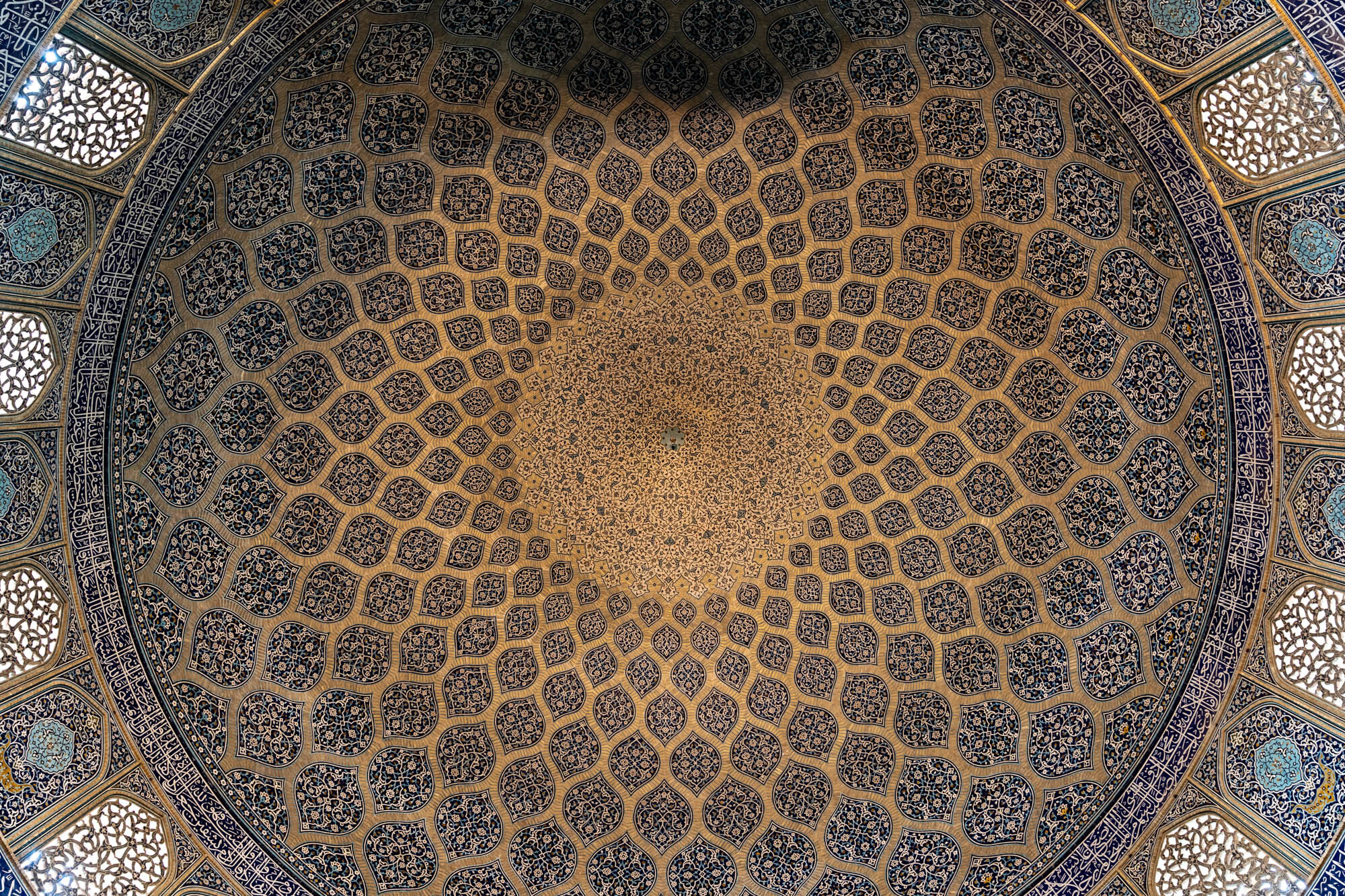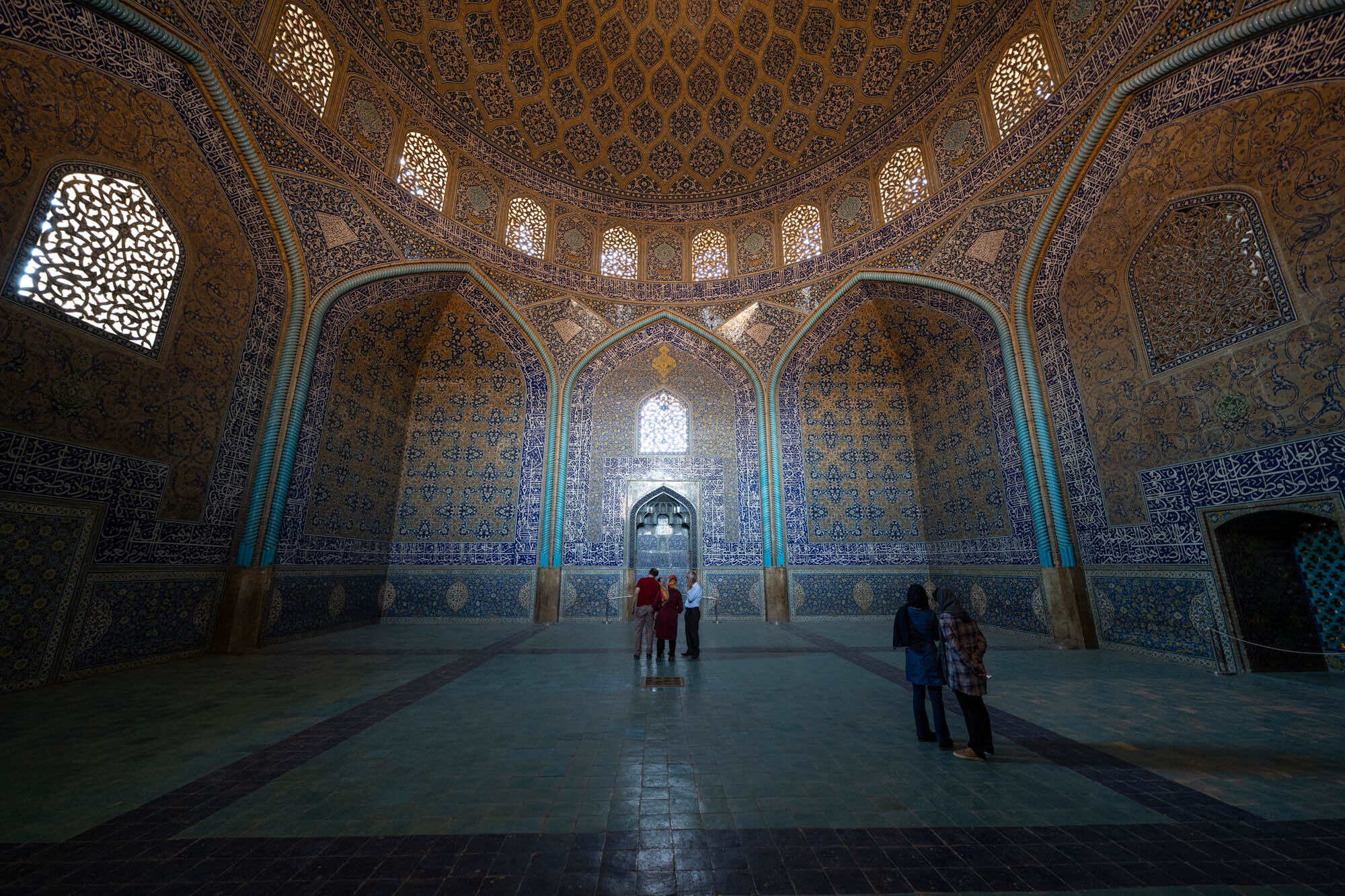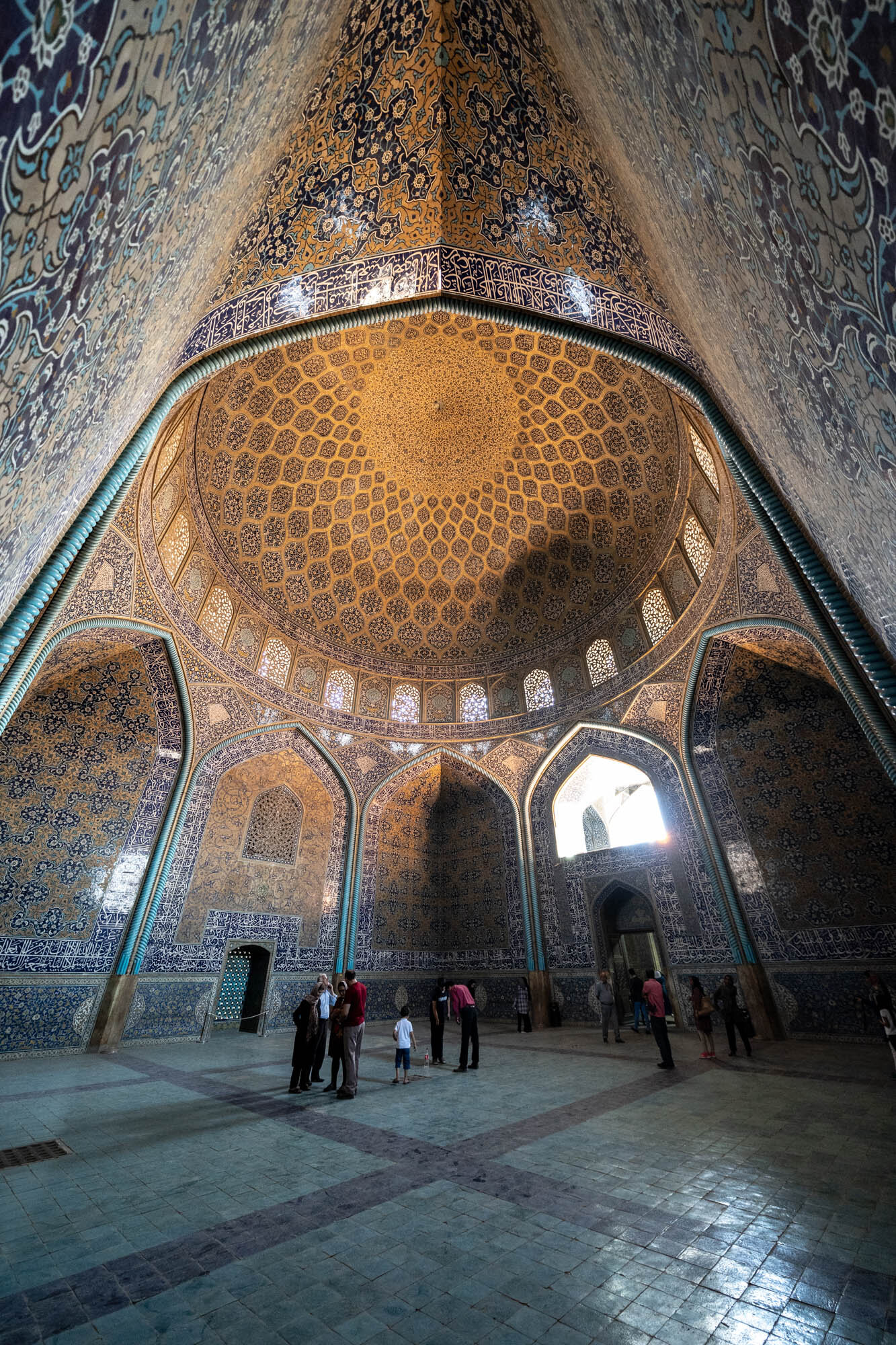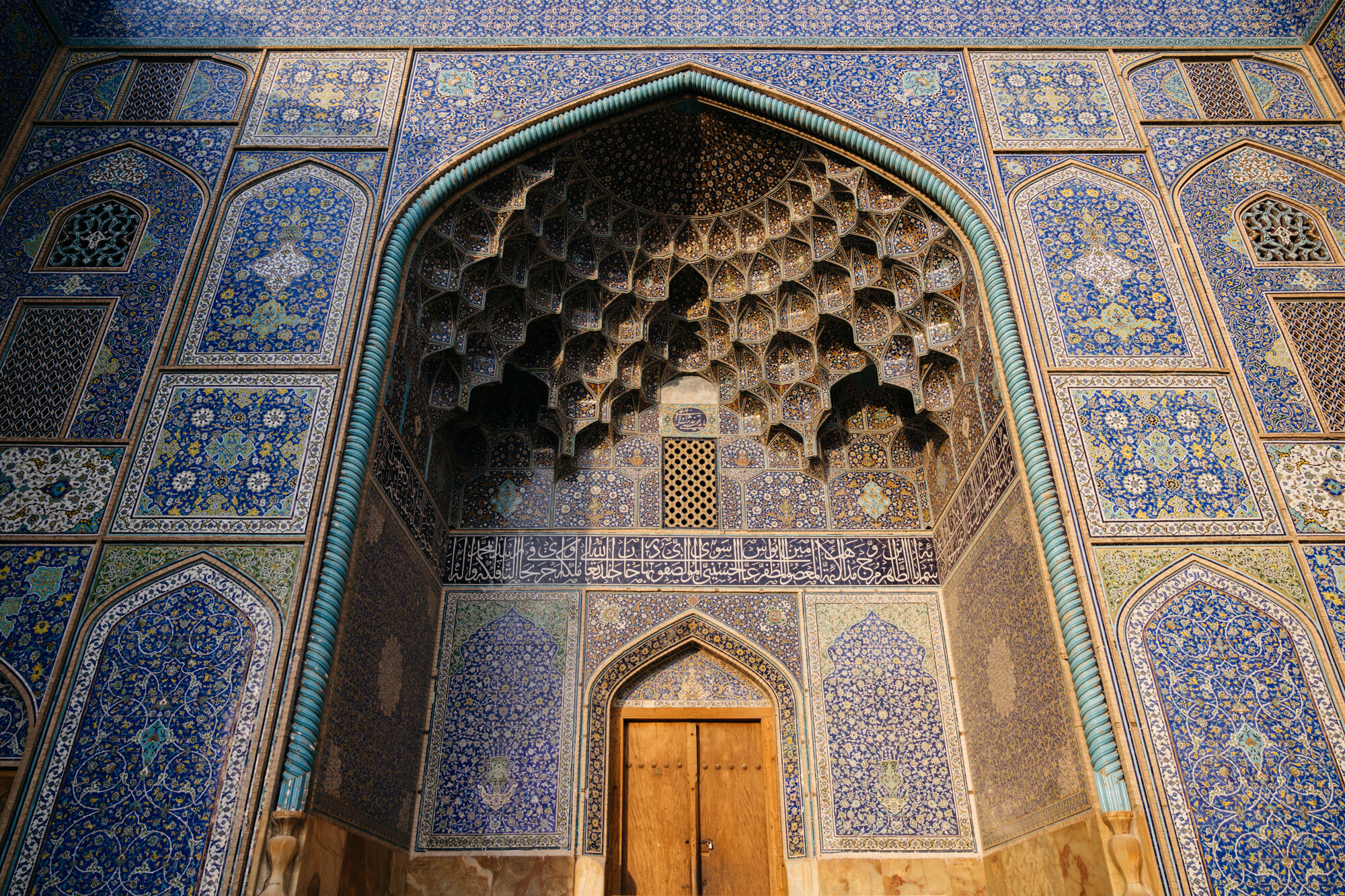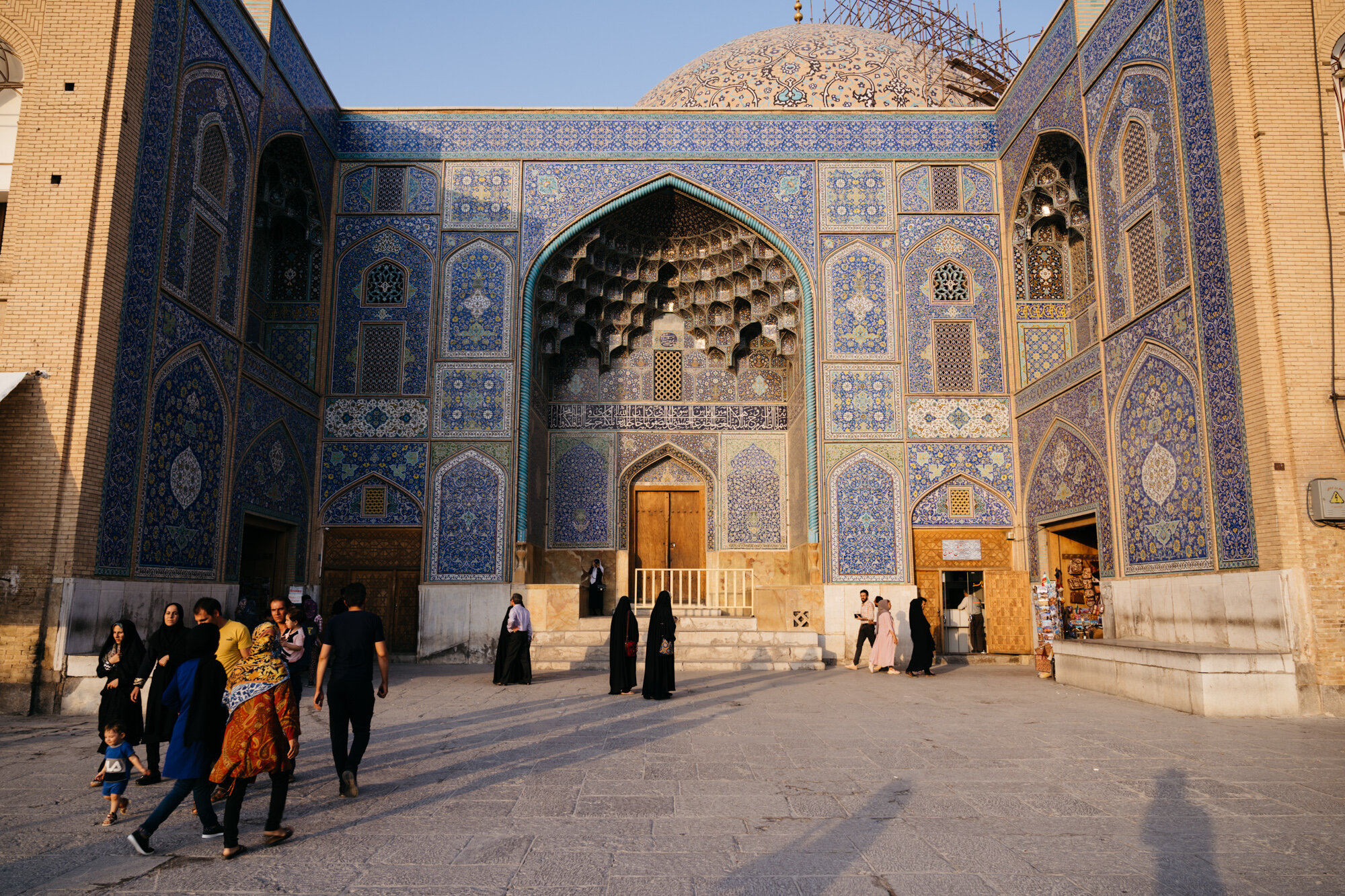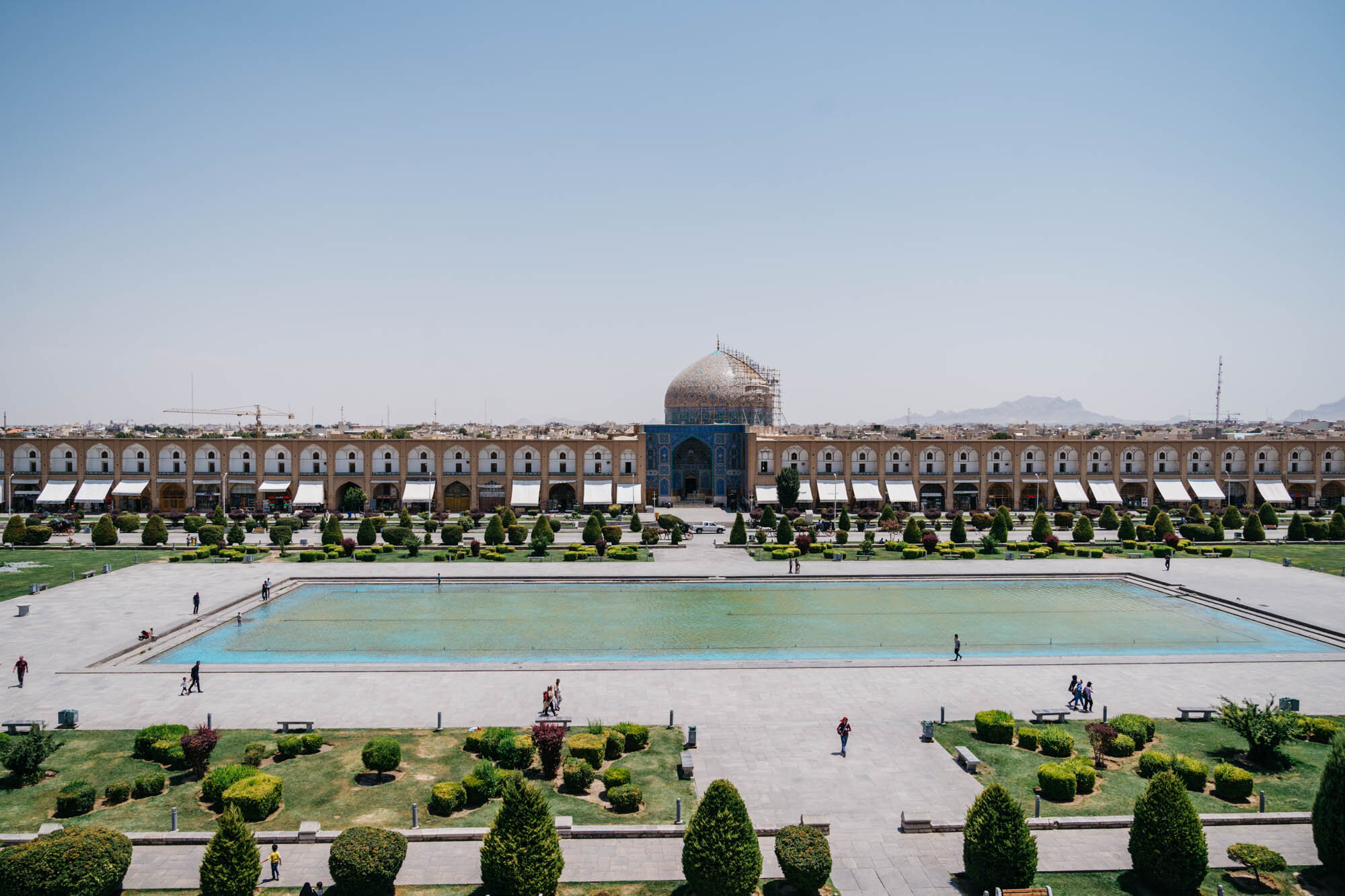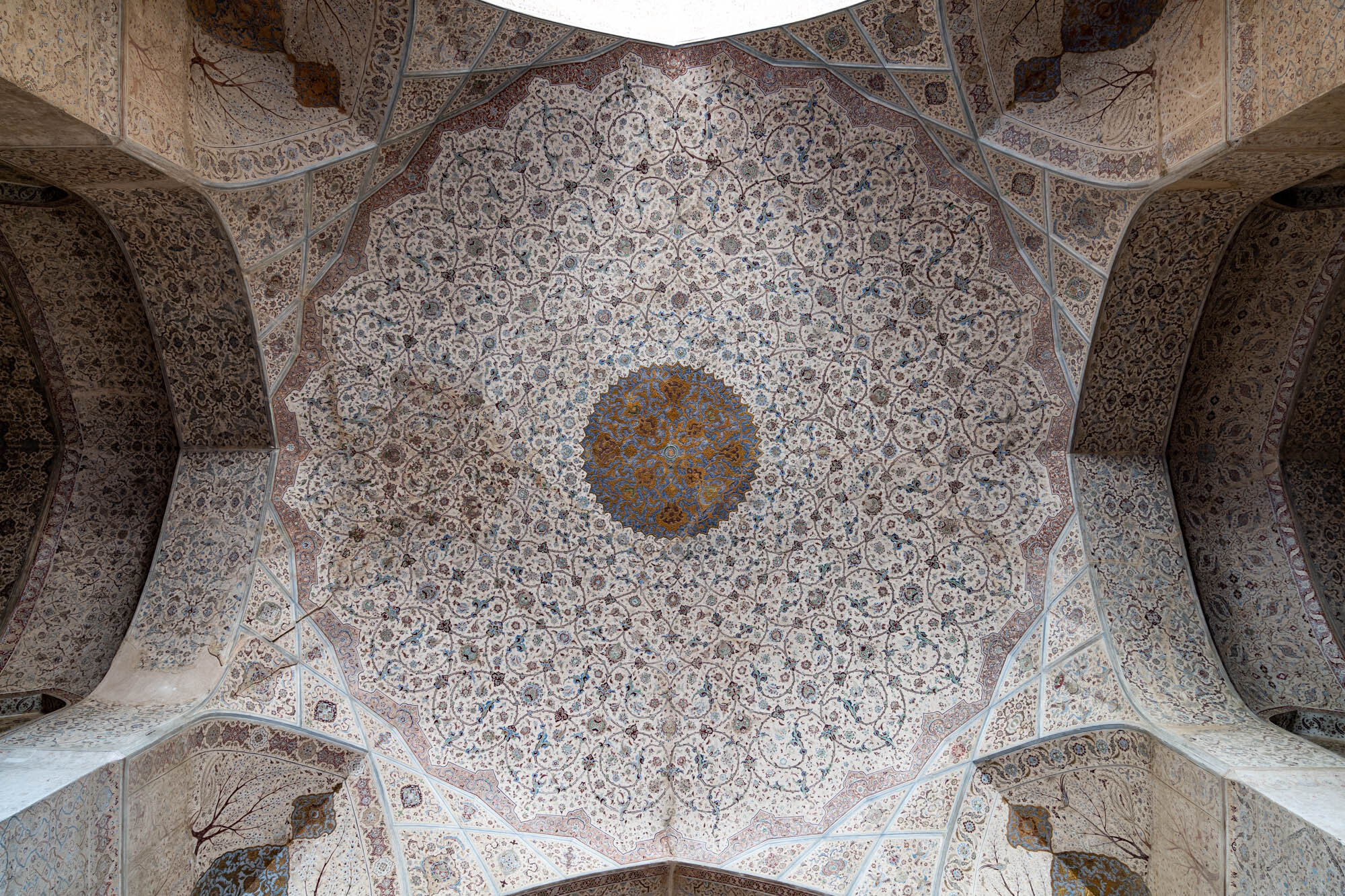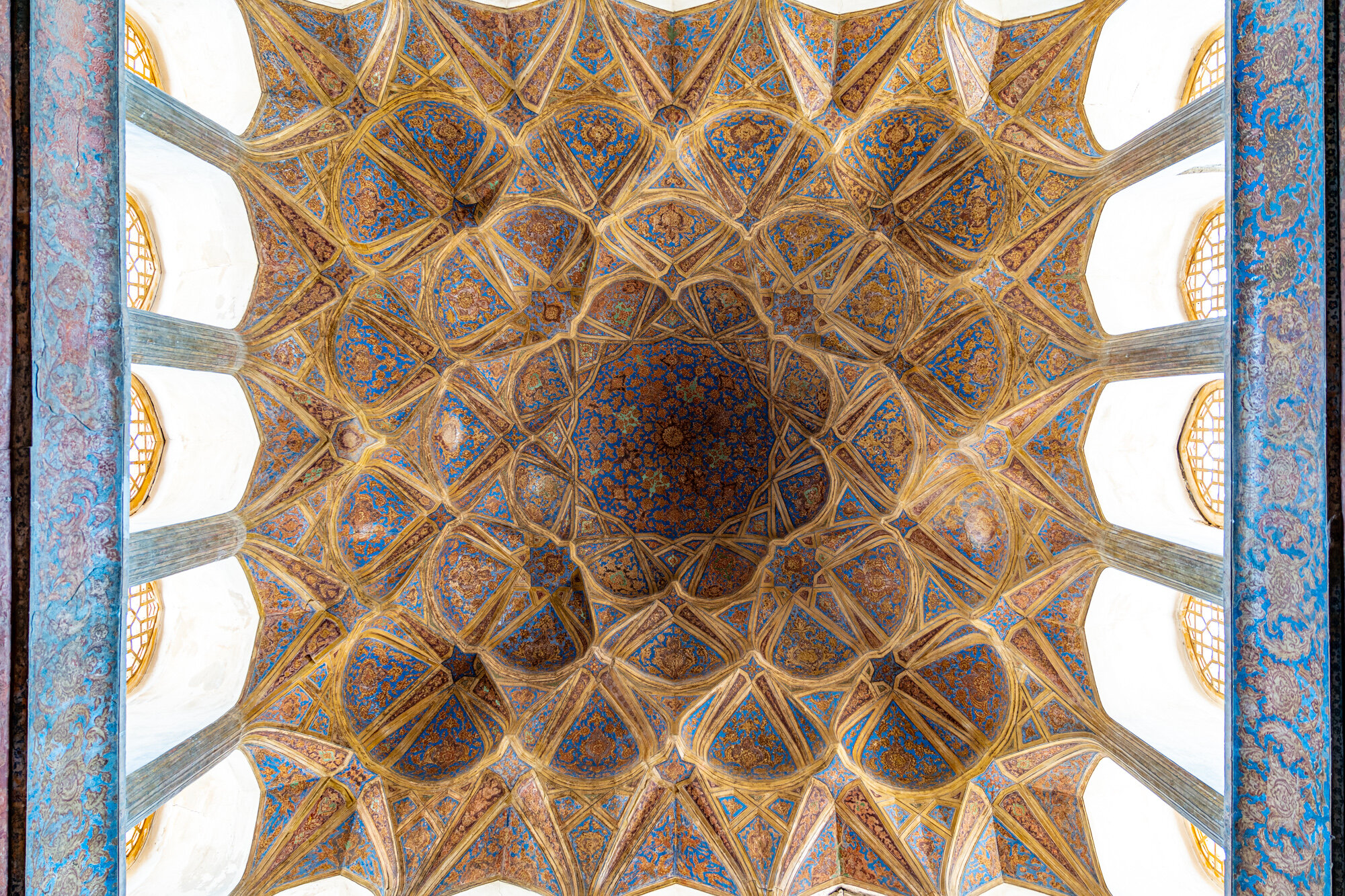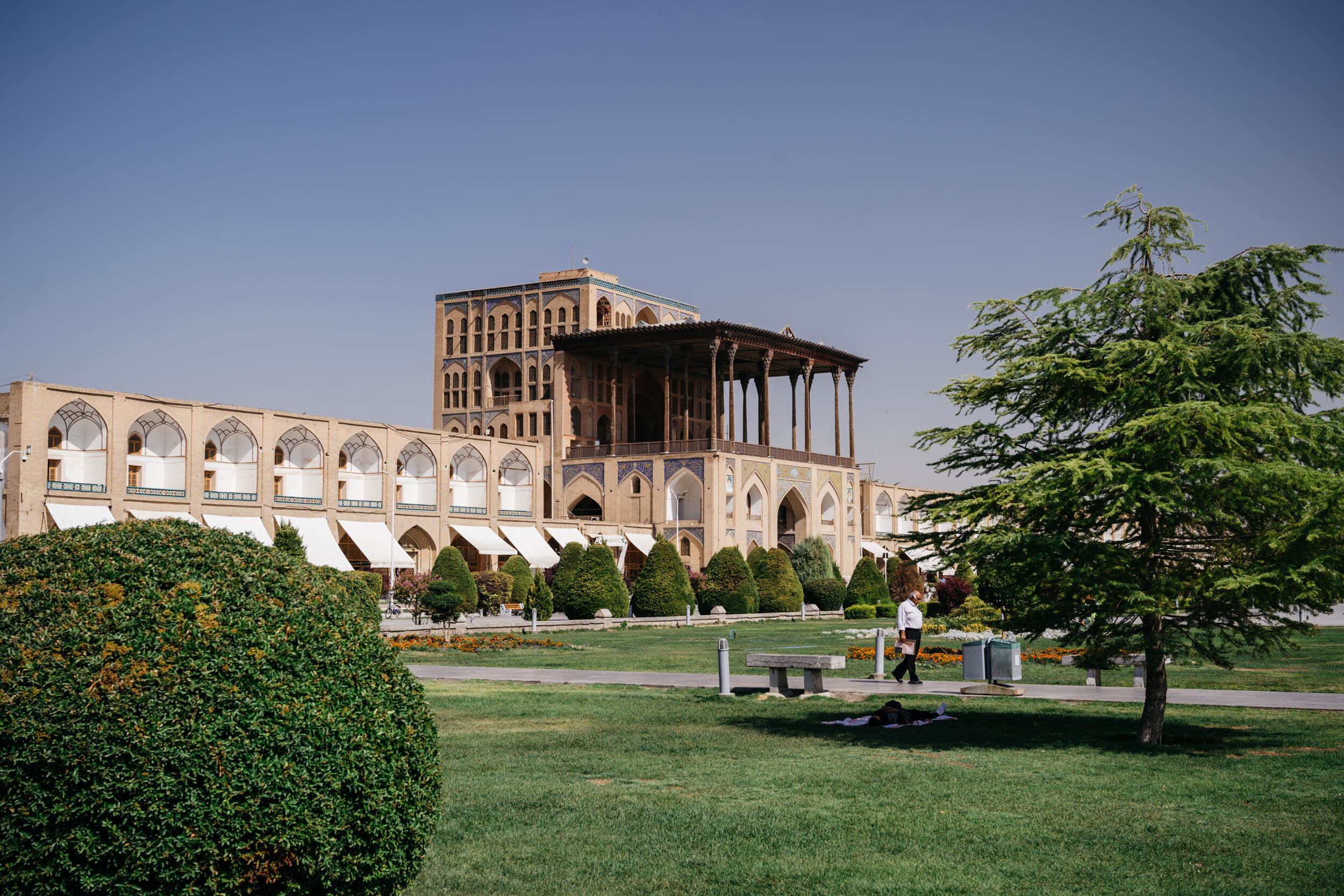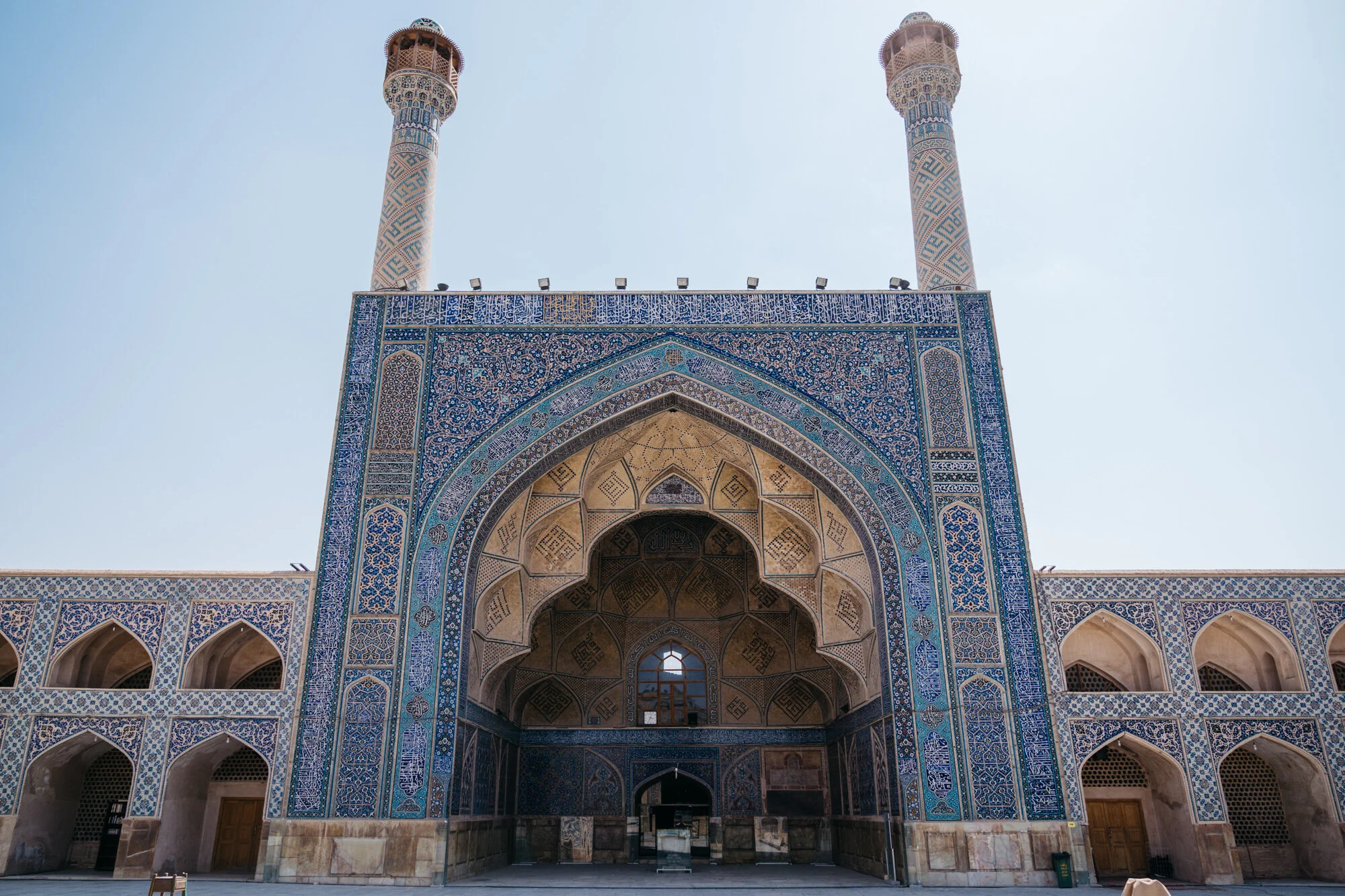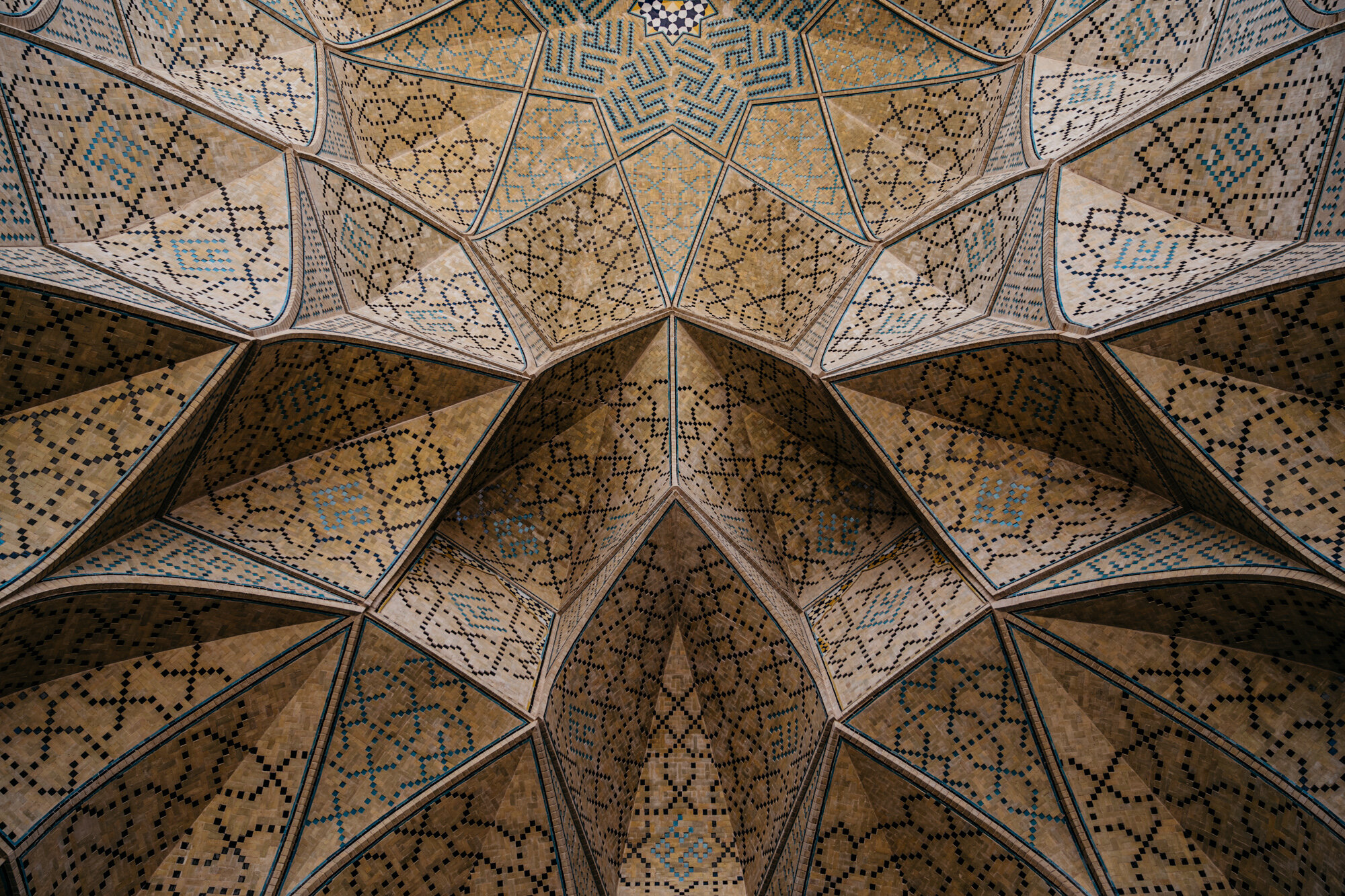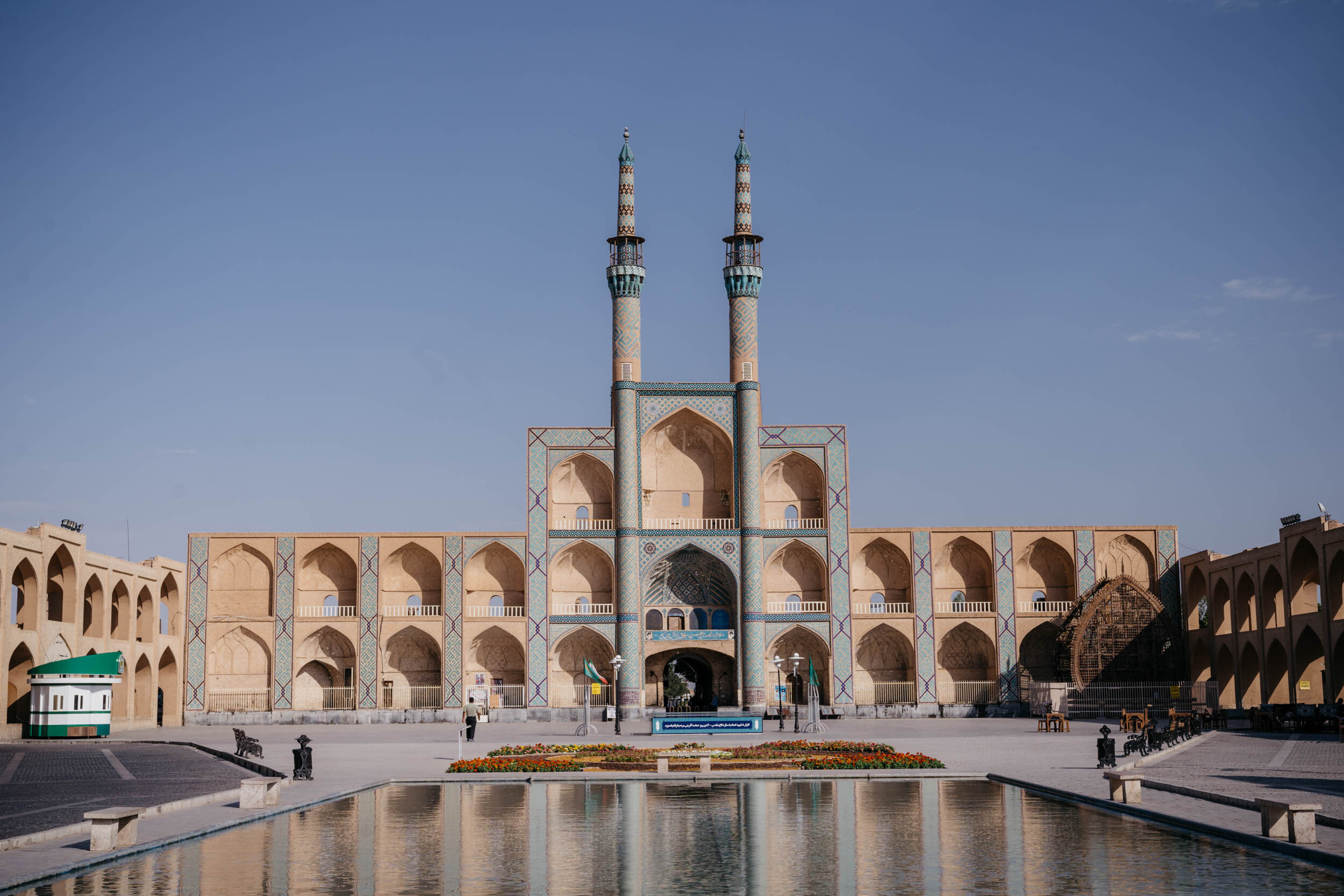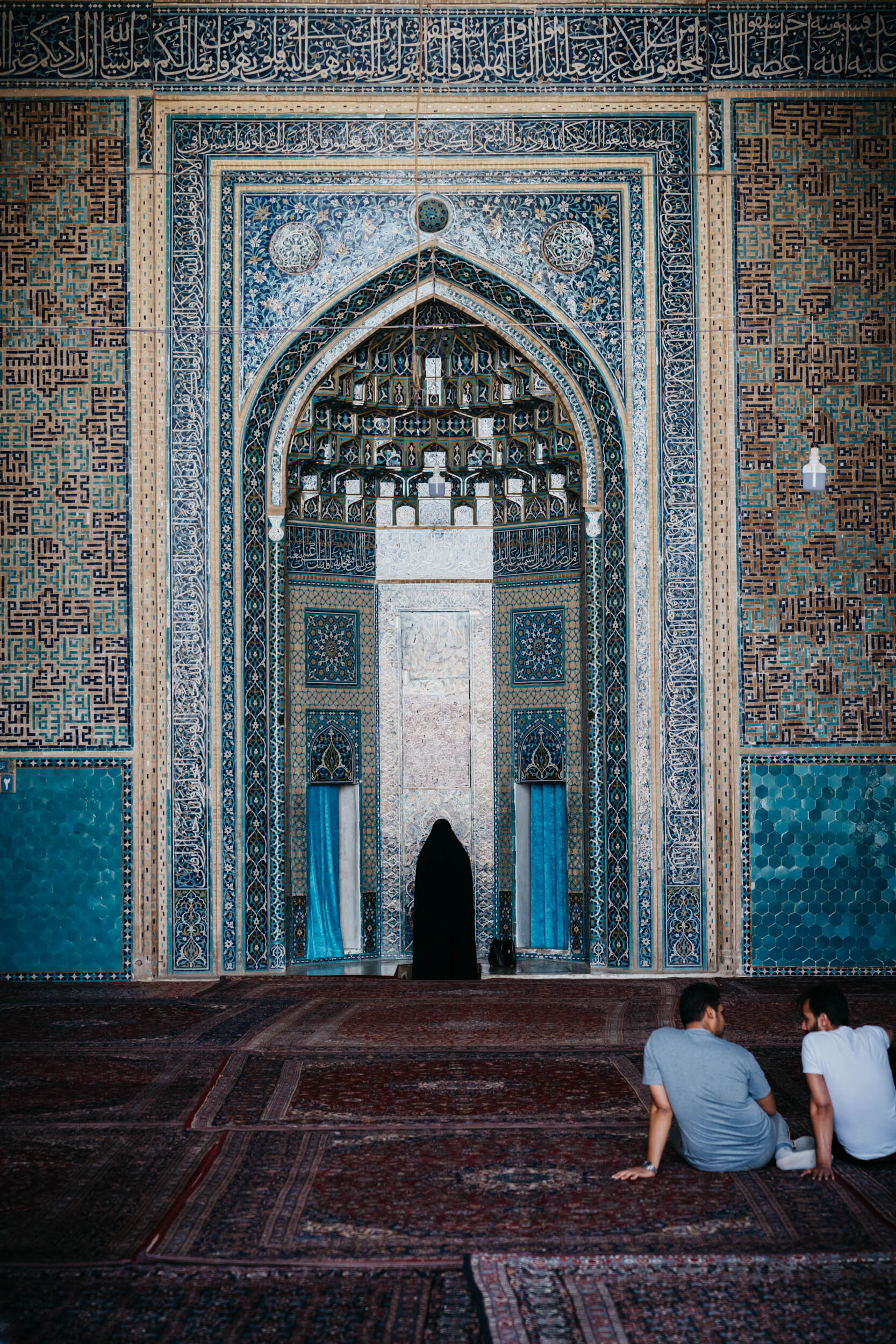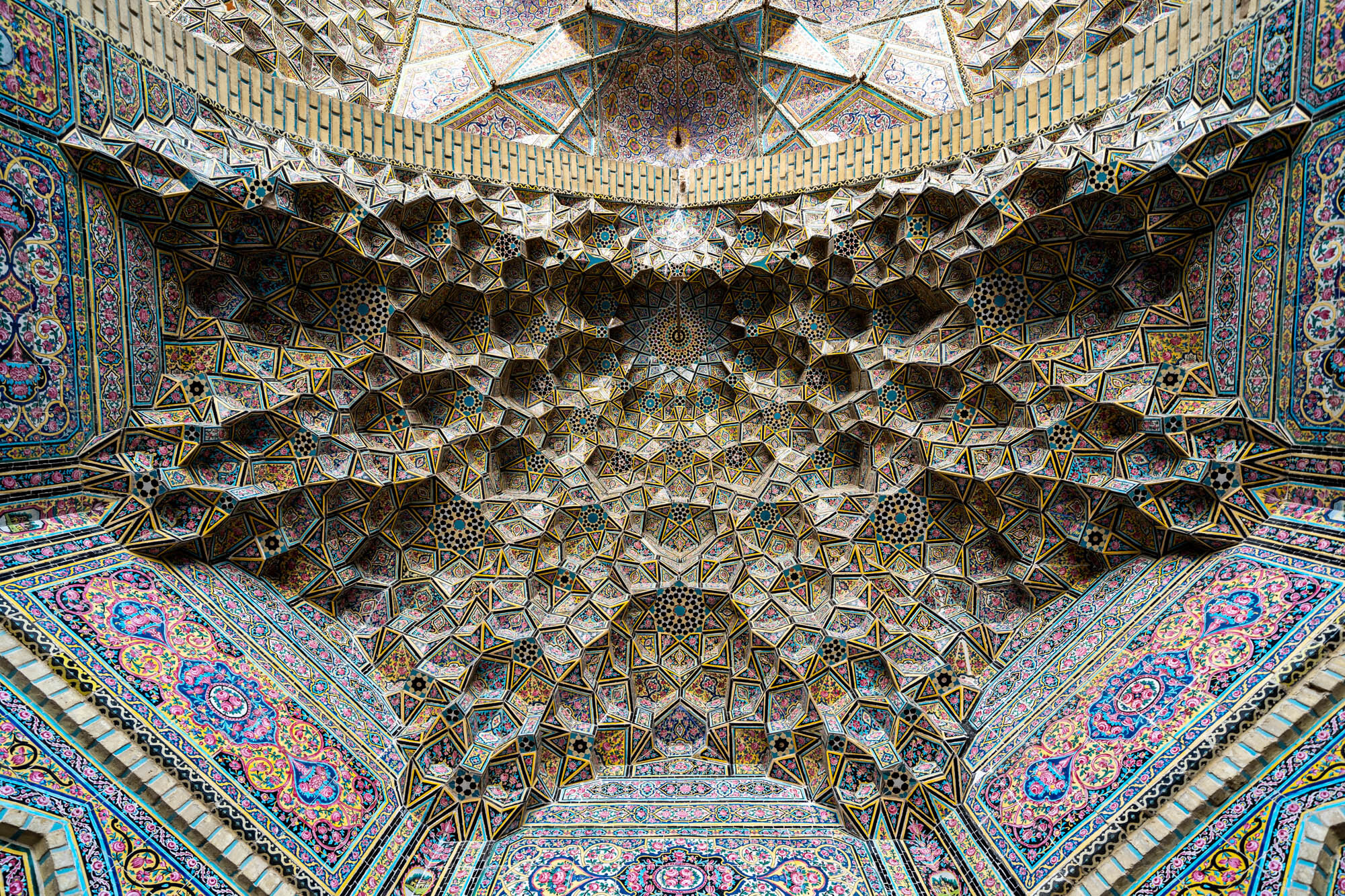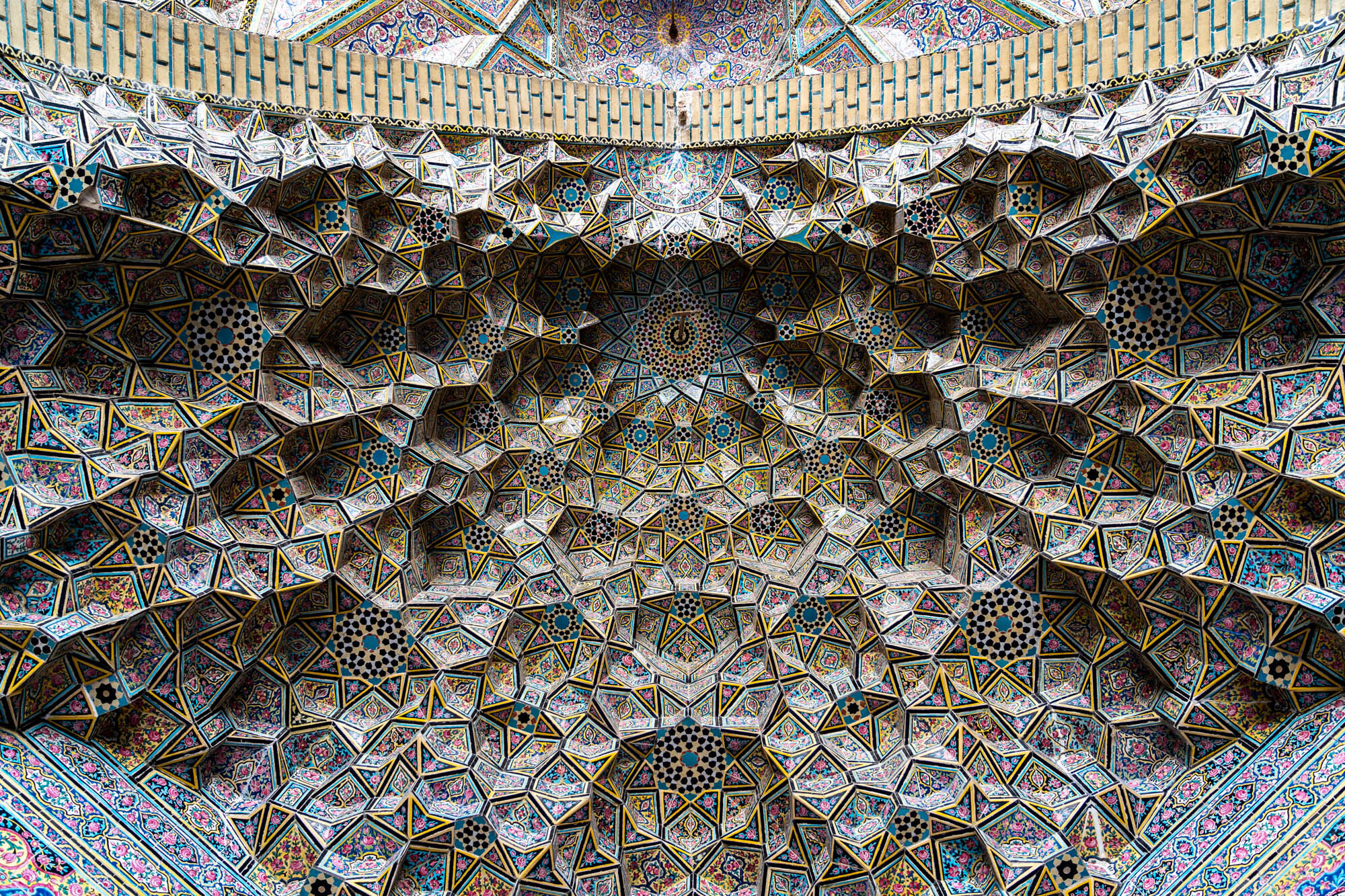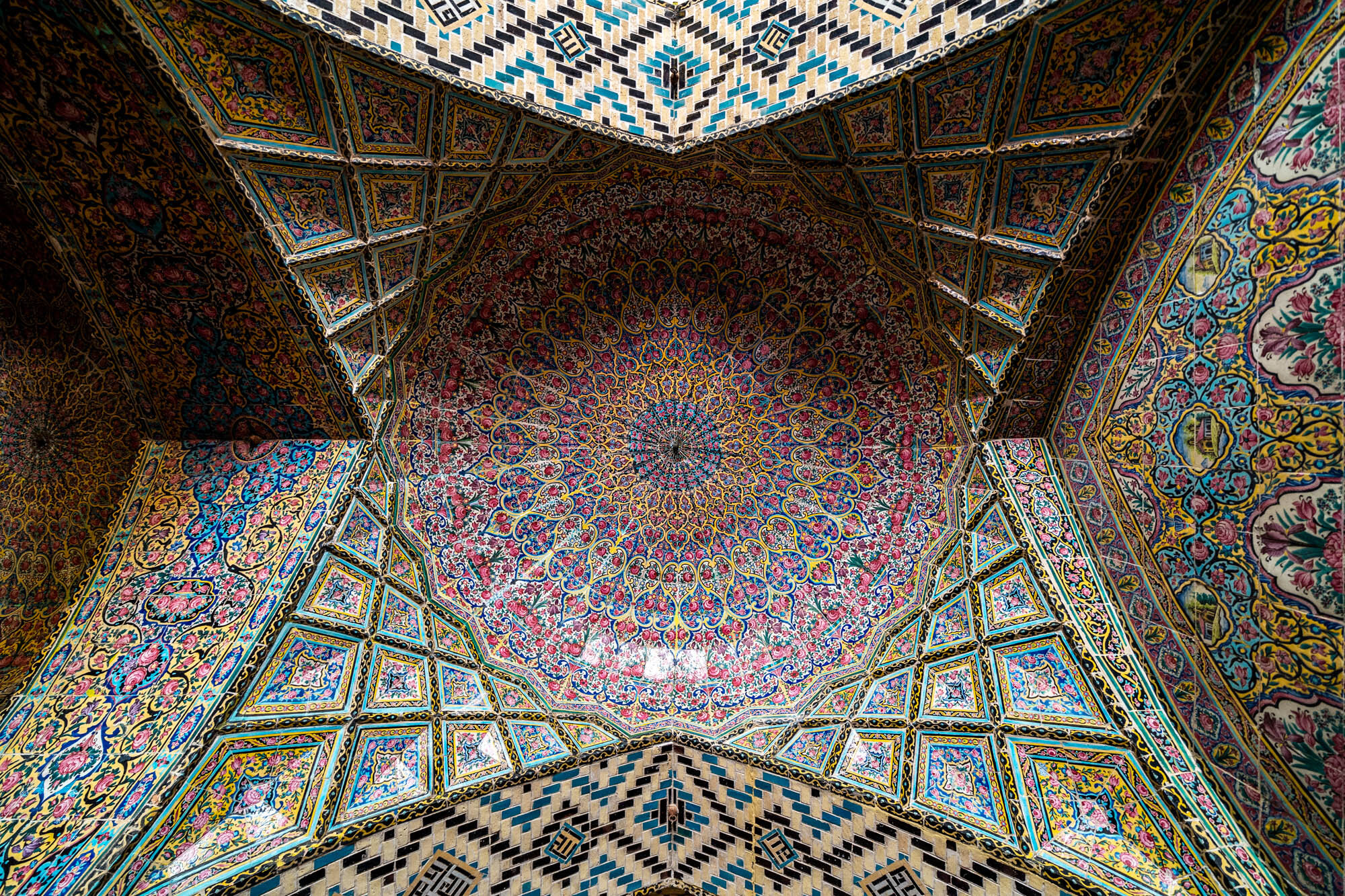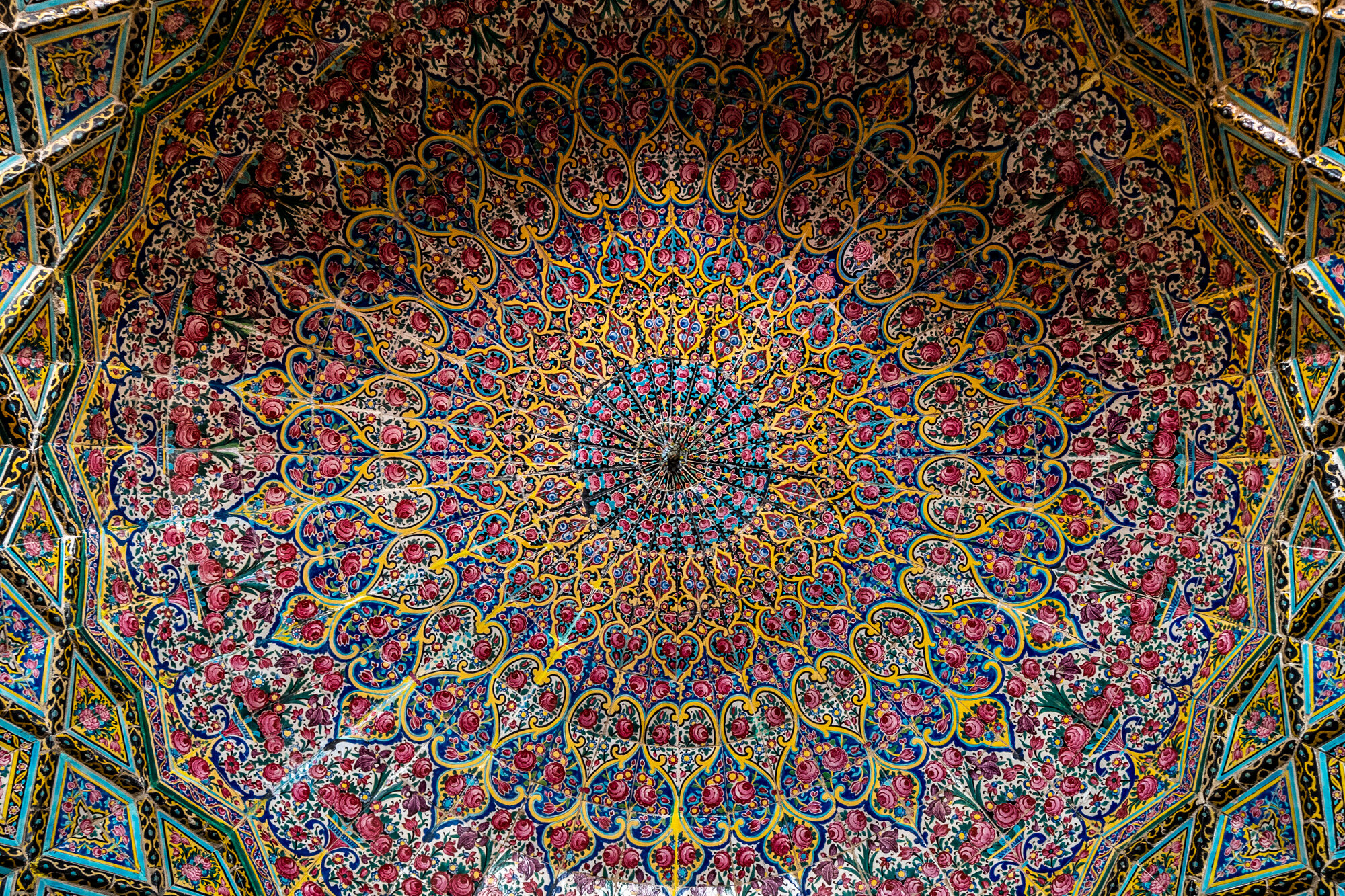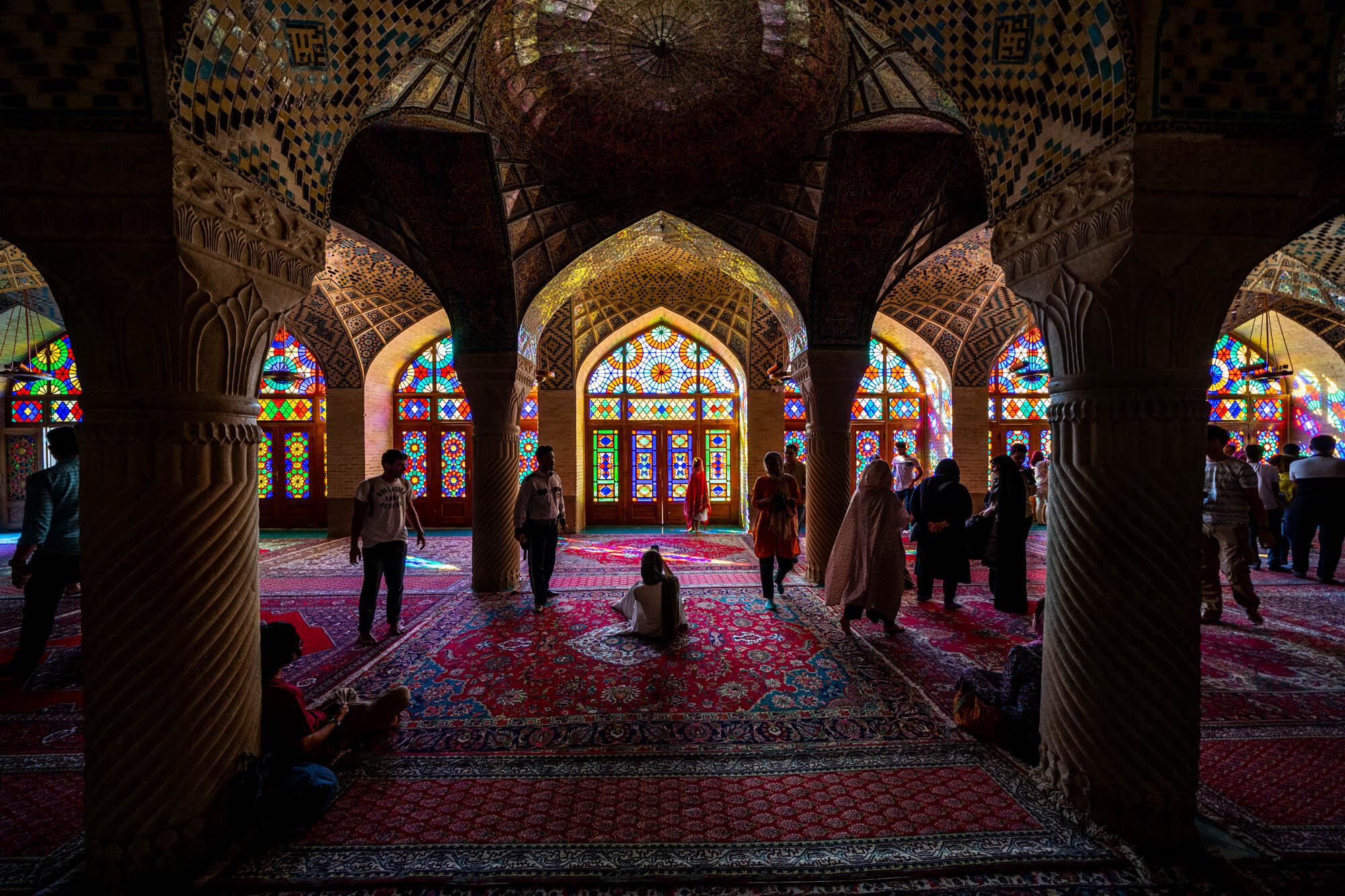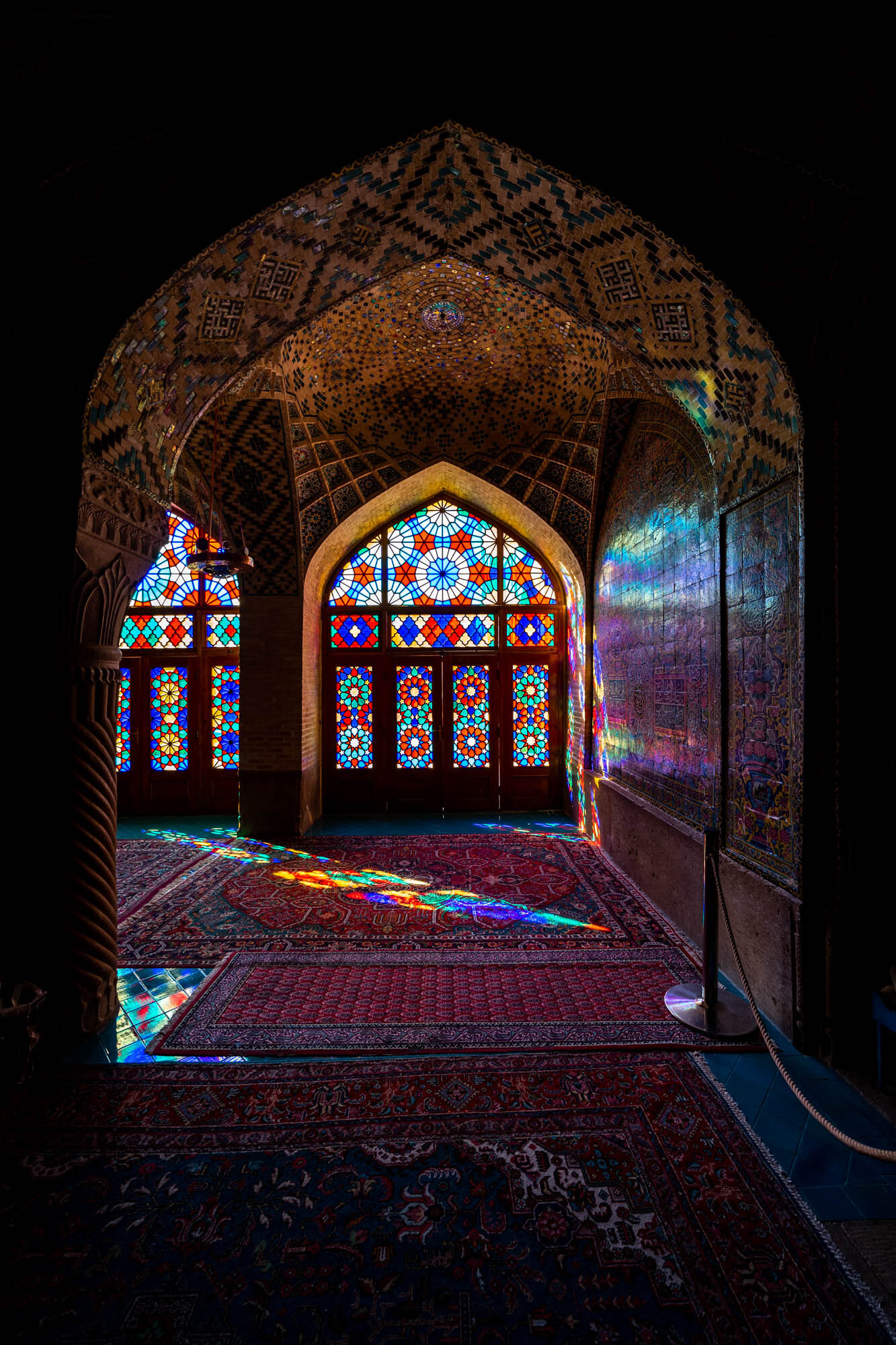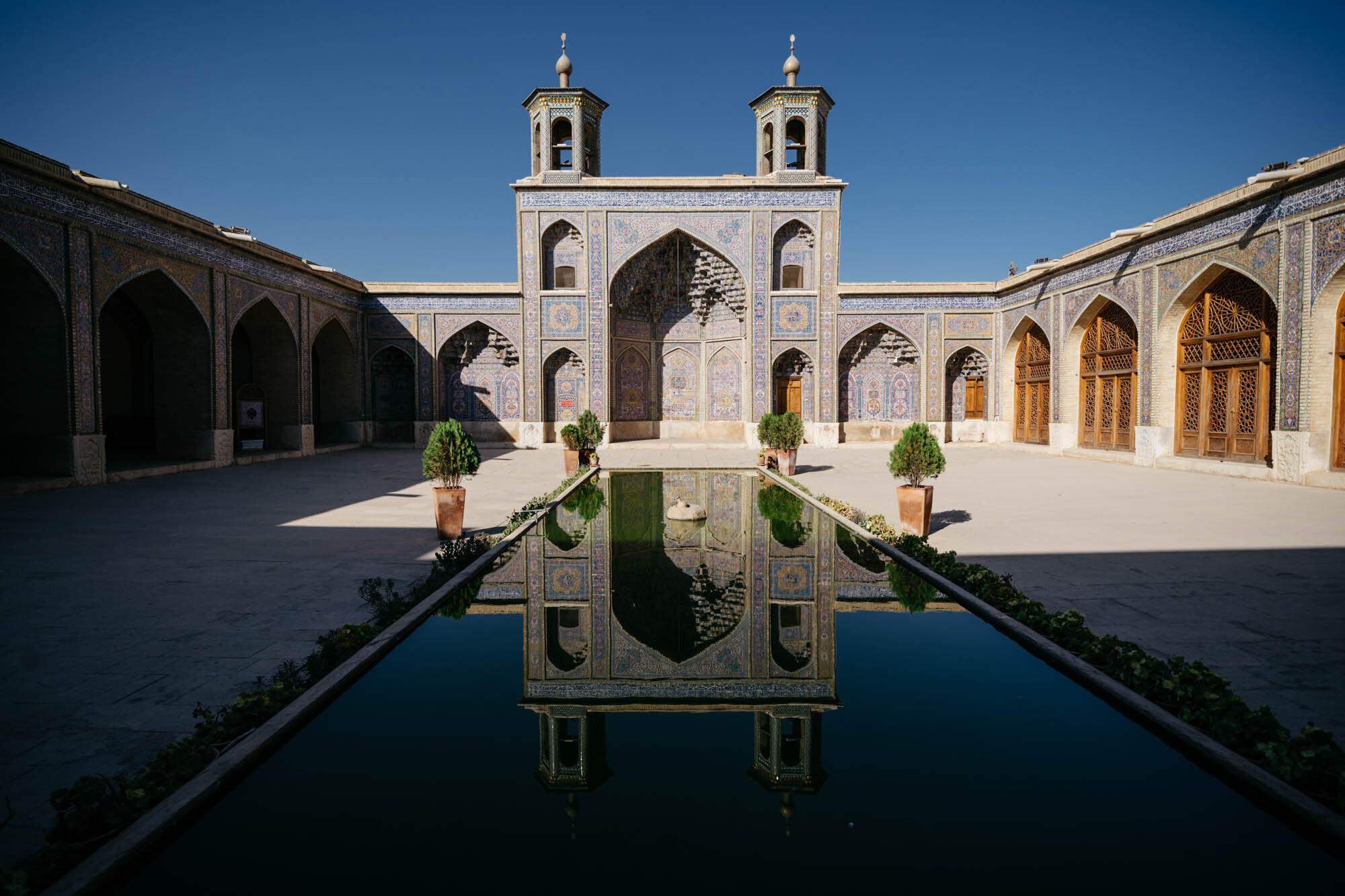Ceilings of Iran
Stepping into the divine precincts of Iranian mosques, madrasahs, and mausoleums, one is instantly captivated by the celestial patterns that adorn their ceilings. This is a glimpse into the world of Islamic geometry, an intricate, complex art form with deep spiritual connotations.
Islamic geometry is not merely an aesthetic choice; it is deeply rooted in the philosophical principles of Islam. It embodies the essence of ‘Tawhid’ or the ‘unity of God’, reflected in the symmetrical, infinitely repeating patterns. The concept of order, unity, and harmony in these patterns can be interpreted as the reflection of the cosmic order.
In Iran, the ceilings of various religious structures offer stunning examples of Islamic geometric patterns. The Nasir-ol-Molk Mosque in Shiraz, often referred to as the 'Pink Mosque', is a testament to the refined beauty of Islamic geometric design. Its ceilings are adorned with intricate geometric patterns formed with beautifully colored tiles, creating a kaleidoscope effect.
The Shah Mosque in Isfahan, another architectural marvel, features a mesmerising array of geometrical tessellations and radial designs on its dome, symbolising the universe's infinite nature. The patterns are meticulously planned, with each tile cut to fit into the grand celestial design.
The mausoleum of Oljeytu, in Soltaniyeh, is another epitome of Islamic geometry, with its interiors embellished with complex muqarnas - a form of ornamented vaulting made of geometric subdivisions. These three-dimensional designs mirror the universe's multiplicity converging into a single entity.
Whether they embody complex mathematical principles or express the spiritual beliefs of Islam, these geometric designs are much more than mere decoration. They are an exploration of the divine, a journey into the cosmos, and a testament to the aesthetic vision of Islamic art. The detailed patterns and designs, so characteristic of Islamic geometry, remain a significant part of Iran's rich architectural heritage, turning every glance skyward into a spiritual contemplation.
These photos of the spectacular ceilings that can be found in Iran and the mosques, mausolea, madrasahs and palaces they belong to were taken on my overland journey from London to Beijing in 2019. I hope you enjoy them.
Shrine of Fatima Masumeh, Qom
This shrine is considered by Shia Muslims to be the second most sacred site in Iran after Mashhad. Fatima Masumeh was the sister of the eighth Imam after the Prophet Mohammed. In Shia Islam, women are often revered as saints if they are close relatives to one of the Twelver Imams.
Mausoleum of Oljaytu, Soltaniyeh
After conquering this region and converting to Islam, the Mongol general Oljaytu established a capital in the city of Soltaniyeh and constructed this massive mausoleum for himself in 1312. The turquoise dome and stylised Kufic calligraphy are similar to those found in Central Asia, particularly in Uzbekistan.
The Blue Mosque, Tabriz
Fin Garden, Kashan
The garden was built under the reign of Abbas I of Persia and completed in 1590. It is the oldest extant garden in Iran.
Agha Bozorg Mosque, Kashan
Shah Mosque, Isfahan
In 1587, Shah Abbas became the ruler of the third great Persian empire and made Isfahan his capital constructing numerous palaces, mosques, gardens and bazaars soon after. The great Safavid ruler brought hundreds of Chinese artisans to Isfahan. The Shah (Royal) Mosque was perhaps the greatest architectural achievement of that period.
Sheikh Lotfollah Mosque, Isfahan
Built during the reign of Shah Abbas I, the Sheikh Lotfollah Mosque was completed in 1619 and was for the exclusive use of the Royal family.
Ali Qapu Palace, Isfahan
Ali Qapu Palace served as the official residence of Persian Emperors of the Safavid dynasty (1501-1736). It was here that the Shah Abbas I used to entertain noble visitors, and foreign ambassadors.
Jameh Mosque, Isfahan
The origins of this mosque lie in the 8th century, but it burnt down and was rebuilt again in the 11th century during the Seljuk dynasty and went through remodelling many times. As a result, it has rooms built in different architectural styles, so now the mosque represents a condensed history of Iranian architecture.
The Amir Chakhmaq Complex, Yazd
The complex, which was built during the Timurid period in 1438, contains a mosque, a caravanserai, a tekyeh, a bathhouse, a cold water well, and a confectionery. Ceiling and surface design only viewable from a distance here.
Jameh Mosque, Yazd
The Jameh Mosque dates back to the 12th century although it was largely rebuilt between 1324 and 1365. Its minarets are the highest in Iran measuring 52 metres in height and 6 metres in diameter.
Nasir al-Mulk Mosque, Shiraz
This mosque is known popularly as 'the pink mosque' due to large number of pink coloured tiles used to decorate it. It was built during the Qajar dynasty and completed in 1888.

